You need to go back to the beginning of Mesoamerica civilization to trace the history of the worship of Quetzalcoatl.
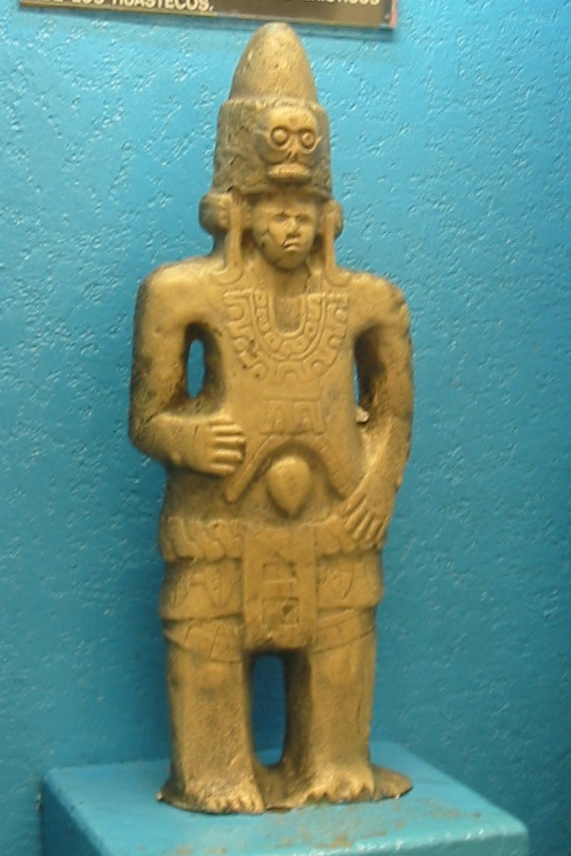
● The ancient Olmec civilization continued from about 1200 to 400 BC and had a major influence on all that followed.
● La Venta Monument 19, Olmec’s best-known stone work, depicts a man sitting in front of a feathered serpent. Despite the fact that the idea of a serpent with divine feathers has long been known, many historians have concluded that the religion of Quetzalcoatl did not appear until the end of the Common Era, centuries later.
● The feathered serpent was worshipped as a Deity and a morning star with a body of flesh. In many cultures, the story of the feathered Serpent or the Tiny Series goes like this: he comes, teaches, walks, and announces his return.
Quetzalcoatl is part of Mesoamerican literature and is a deity whose name comes from the Nahuatl language and means “winged serpent”.
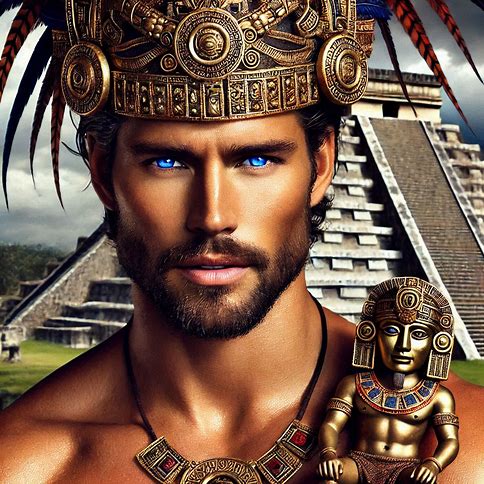
● It was during this time that the deity is known as “Quetzalcoatl” to his Nahua followers.
● In the Maya region, it was almost equal to the Kukulkan and Gucumatz, the words also translated as “winged serpent” in various Mayan languages.
is noteworthy that the quetzal is a small bird with bright emerald green feathers, which is highly valued in Native American cultures. Quetzal is an ancient symbol of the love of freedom. This bird does not live in captivity.
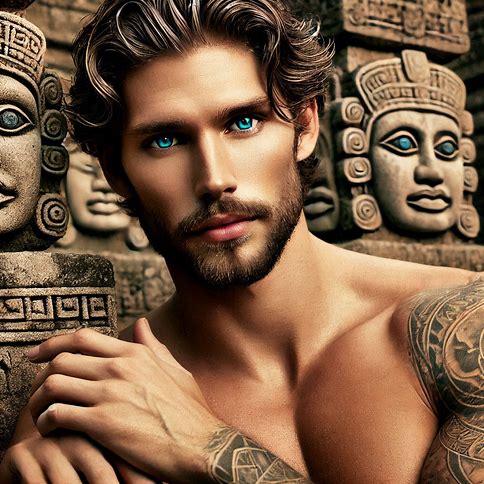
One of the great mysteries of ancient American culture is the Deity of the Feathered Serpent.
● He was called by the Incas as Viracocha, Kukulkan by the Maya, Quetzalcoatl by the Aztecs, Gucumatz in Central America, Votan in Palenque, and Zamna in Izamal.
● Physical Appearance– He and in some cases his ‘men’ are described as Caucasian, men with beards in some texts, and as a person with white skin, facial hair, and beautiful emerald eyes in others.
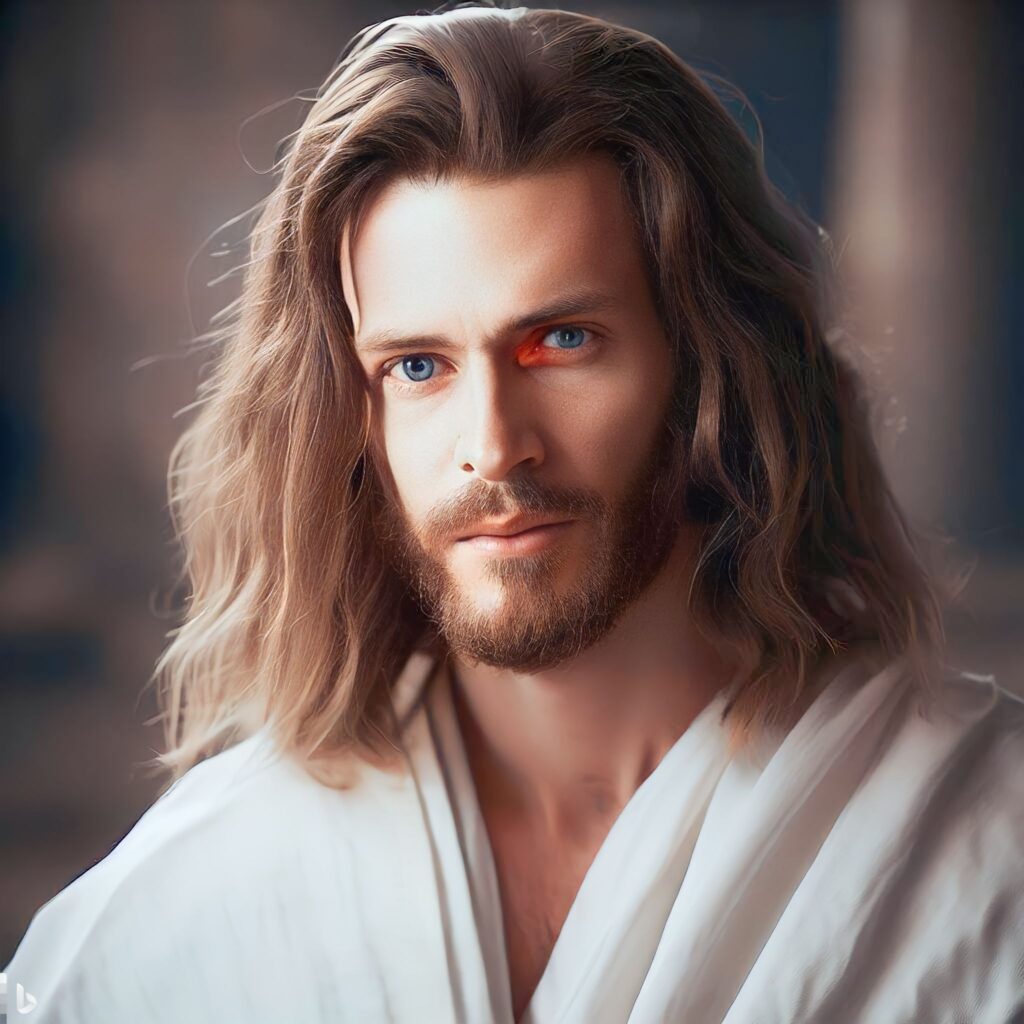
Quetzalcoatl was a man of attractive appearance and serious disposition. His countenance was white, and he wore a beard. His manner of dress consisted of a long, flowing robe.”- from (Ixtlilxochitl: 45) chapter 11, exploring the lands of the book of Mormon.
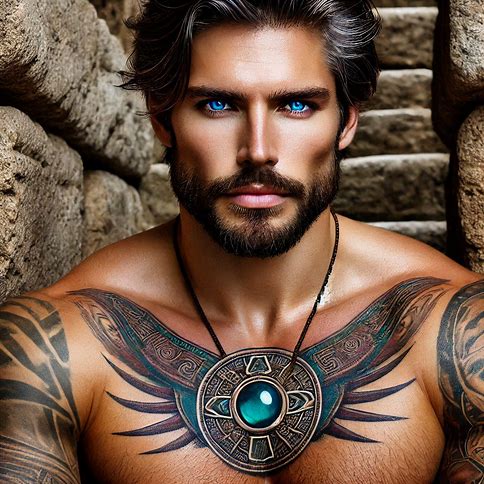
All legends seem to agree that Quetzalcoatl was tall and light-skinned, with blue eyes, and a beard. His name is translated as “feather serpent”
● Fray Juan Torquemada, Francisca’s missionary, who collected Quetzalcoatl stories from the indigenous peoples of Old Mexico, states:
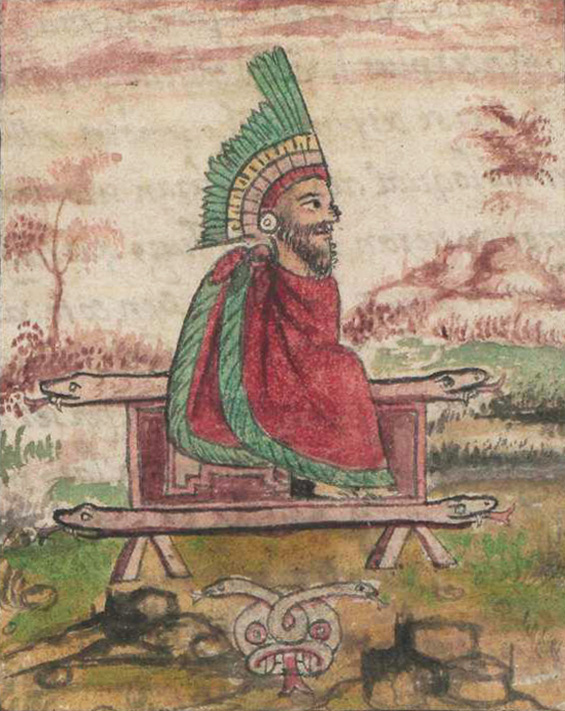
● “Quetzalcoatl had blond hair and wore a black dress sewn with small red crosses.”
Androgynous Quetzalcoatl In Mexican Education
Virtually all 16th-century writers wrote about Quetzalcoatl. this tradition is strong & repetitive. every school child studies Quetzalcoatl in Mexico & knows the importance of his role.
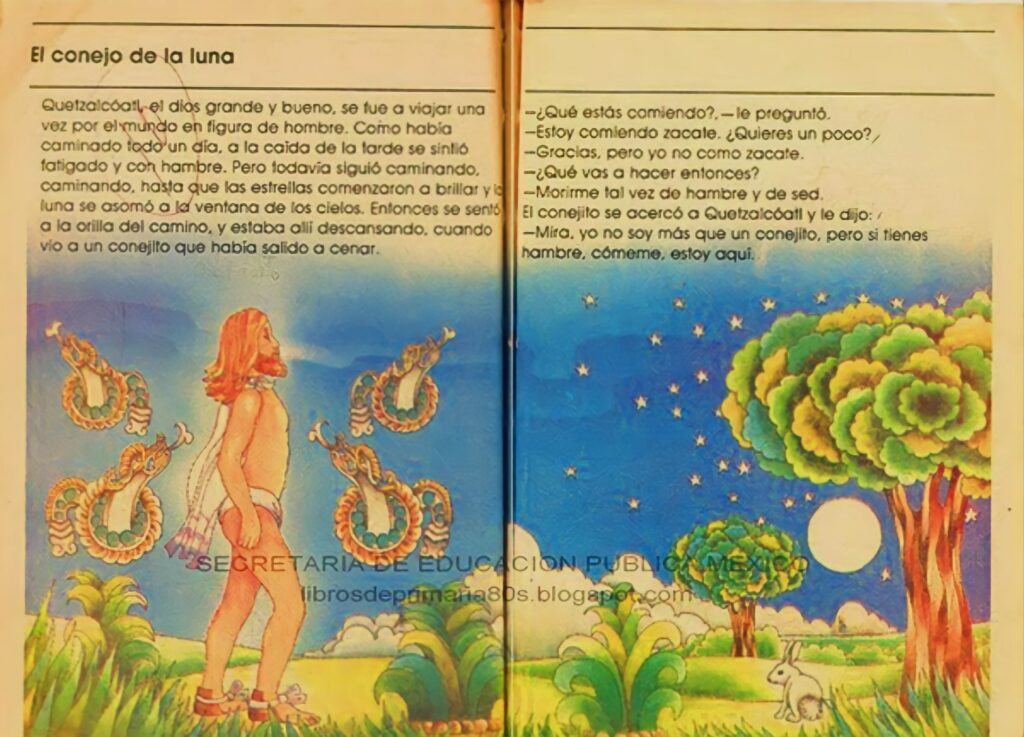
Quetzalcoatl depicted in Public School Book, Mexico
● Androgynous Viracocha / Kukulkan / Quetzalcoatl is one of the many enigmas of our Earth’s history.
● Despite the fact that each Mesoamerican culture had its “own” lore about the creation of humanity, all Mesoamerican legends seem to depict the same deity.
iracocha/Kukulkan/Quetzalcoatl- this deity is either directly involved in the actual process of creation or acts as humanity’s protector and advocate.
● Some of the stories vary both slightly and significantly but maintain for the most part a common theme as described above. Many similarities and parallels exist between Mesoamerican and Indian (India), Sumerian, and Egyptian mythology as well as having many elements comparable with stories in the Bible.
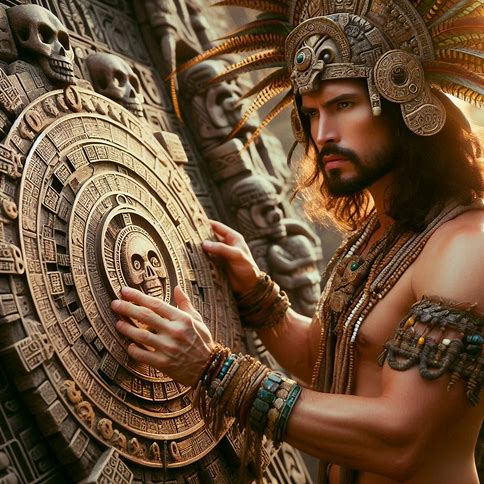
● The Mayan prophecy predicts the return of Androgynous Quetzalcoatl at the end of the fourth world and the beginning of the fifth world on December 21, 2012.
This concerned the bearded white-skinned deity named Quetzalcoatl, who was believed to have sailed to Mexico from across the seas in remote antiquity.
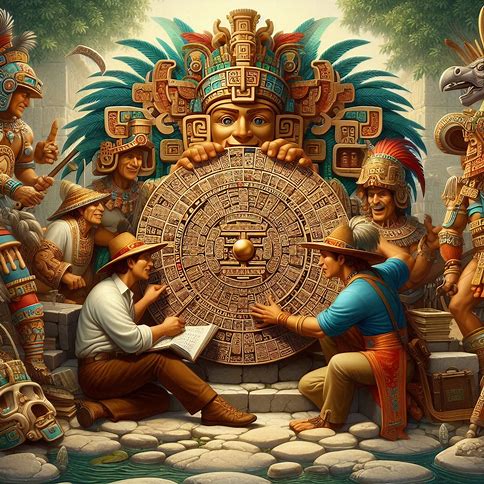
● Androgynous Quetzalcoatl was credited with the invention of the advanced mathematical and calendrical formulae that the Maya were later to use to calculate the date of doomsday.
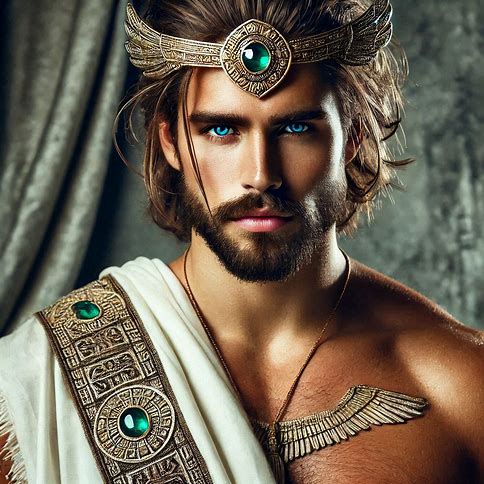
described him as “a mysterious person … a white man with a strong formation of body, broad forehead, large eyes, and a flowing beard. He was dressed in a long, white robe reaching to his feet. He condemned sacrifices, except fruits and flowers.
Androgynous Quetzalcoatl was known as the deity of peace. When addressed on the subject of war, he is reported to have stopped up his ears with his fingers.”
● Describe the Nature of Wisdom bringer- These “white deities” were described by the Incas as wise, peaceful instructors who came from the north in the “morning of time” and taught the Incas’ primitive forefathers architecture as well as manners and customs.
● They were unlike other Native Americans in that they had “white skins and long beard and were taller than the Incas.
● According to a particularly impressive tradition in Central America, this “wise teacher came from across the sea in a boat that sailed alone without oars. He was a tall, white-bearded man who taught people how to use fire in cooking. He also built houses and showed couples that they could live together as husband and wife, and people used to quarrel in those days, but he taught them to live in peace. ”
Androgynous Quetzalcoatl was portrayed as bringing to Mexico all the talents and knowledge necessary to construct a civilized life, ushering in a golden period, like some long-lost twin of Viracocha, the white and bearded Andean deity.
He was said to have introduced writing to Central America, developed the calendar, and a brilliant builder who taught the people the secrets of construction and architecture, among other things. He is credited for “measuring the earth” and is the founder of mathematics, metallurgy, and astronomy.
● He also established fruitful agriculture and is said to have discovered and introduced corn, which was once the lifeblood of these ancient lands. He was the patron of healers and diviners “and revealed to the public the mysteries of the powers of plants,” as a renowned doctor and master of medicines. He was also regarded as a lawgiver, a protector of artisans, and a patron of all the arts.
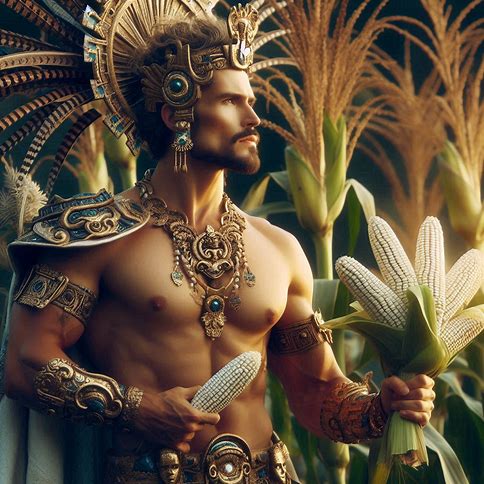
After the Fourth Sun was destroyed by a destructive deluge, Quetzalcoatl, the discoverer of maize, gave the blessings of agriculture, mathematics, astronomy, and a refined culture to Mexico.
According to a particularly impressive tradition in Central America, this “wise teacher came from across the sea in a boat that sailed alone without oars. He was a tall, white-bearded man who taught people how to use fire in cooking. He also built houses and showed couples that they could live together as husband and wife, and people used to quarrel in those days, but he taught them to live in peace. ”
● imagine that the wave of spiritual knowledge brought to the Toltecs by the white-bearded Androgynous Quetzalcoatl was apparently so powerful that it moved from south to north, or even farther north through North America.
● It is said that the fame of the Androgynous wisdom bringer Quetzalcoatl was so great, that pilgrims from distant nations even came to visit him in Mexico.- ( ancient religion of sun book page no-80 )
Called Feather Serpent
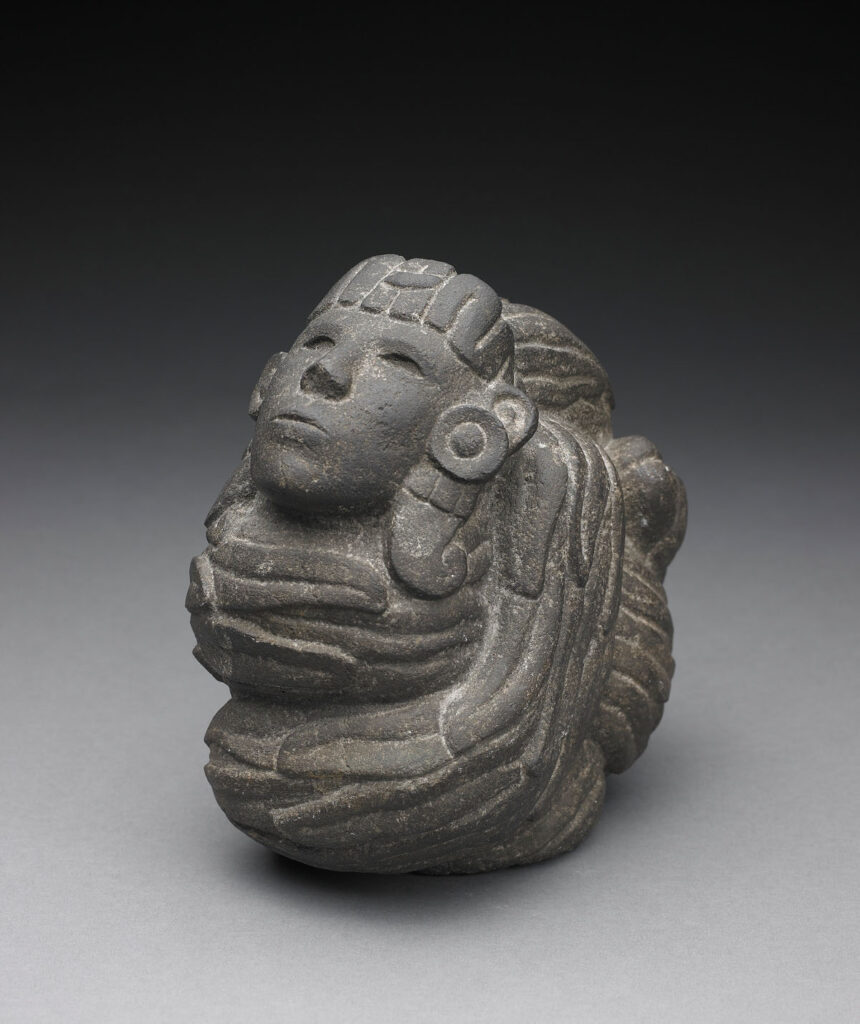
Sean Pathasema/Birmingham Museum of Art CC BY SA 3.0
Face Reconstruction of Quetzalcoatl
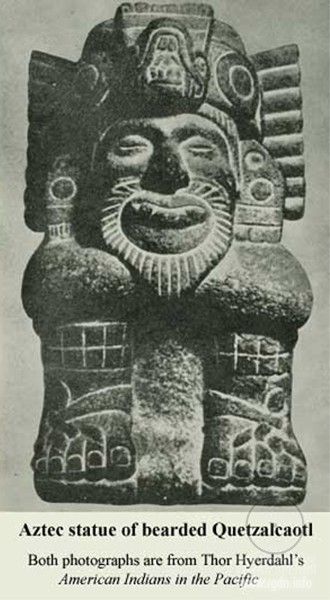
Use under fair Use Policy
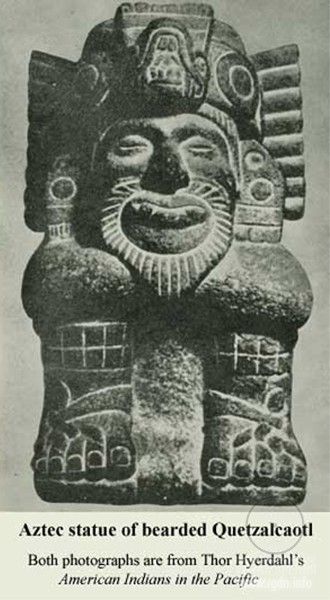
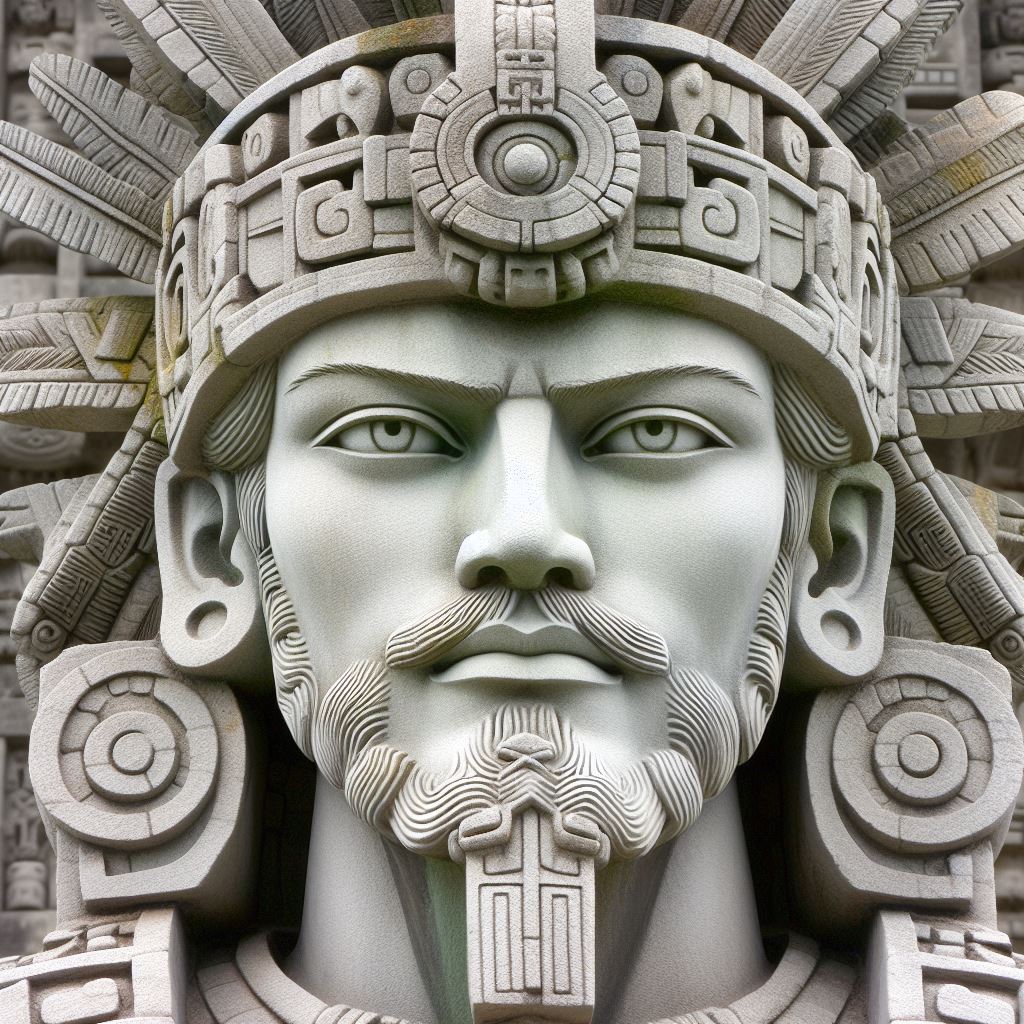
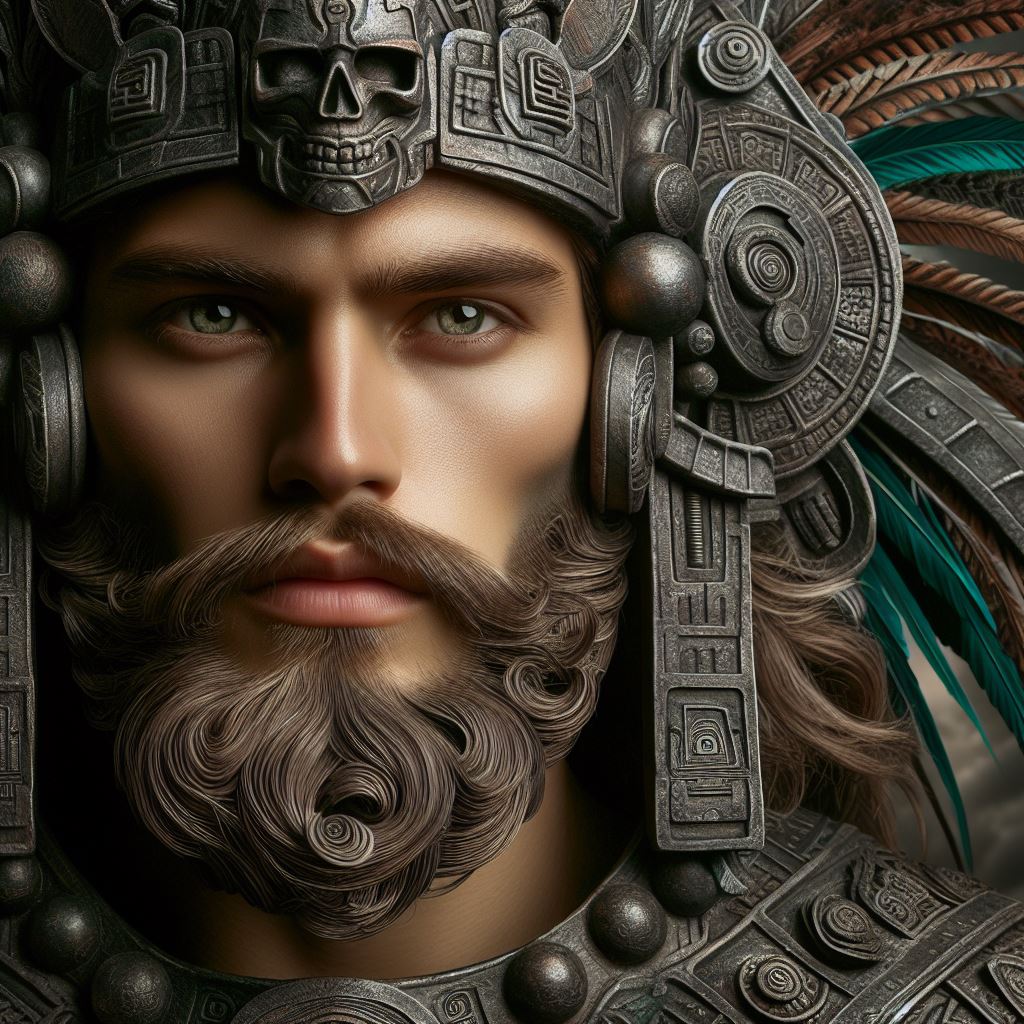
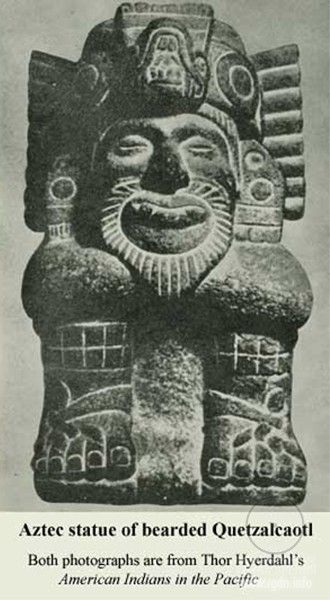
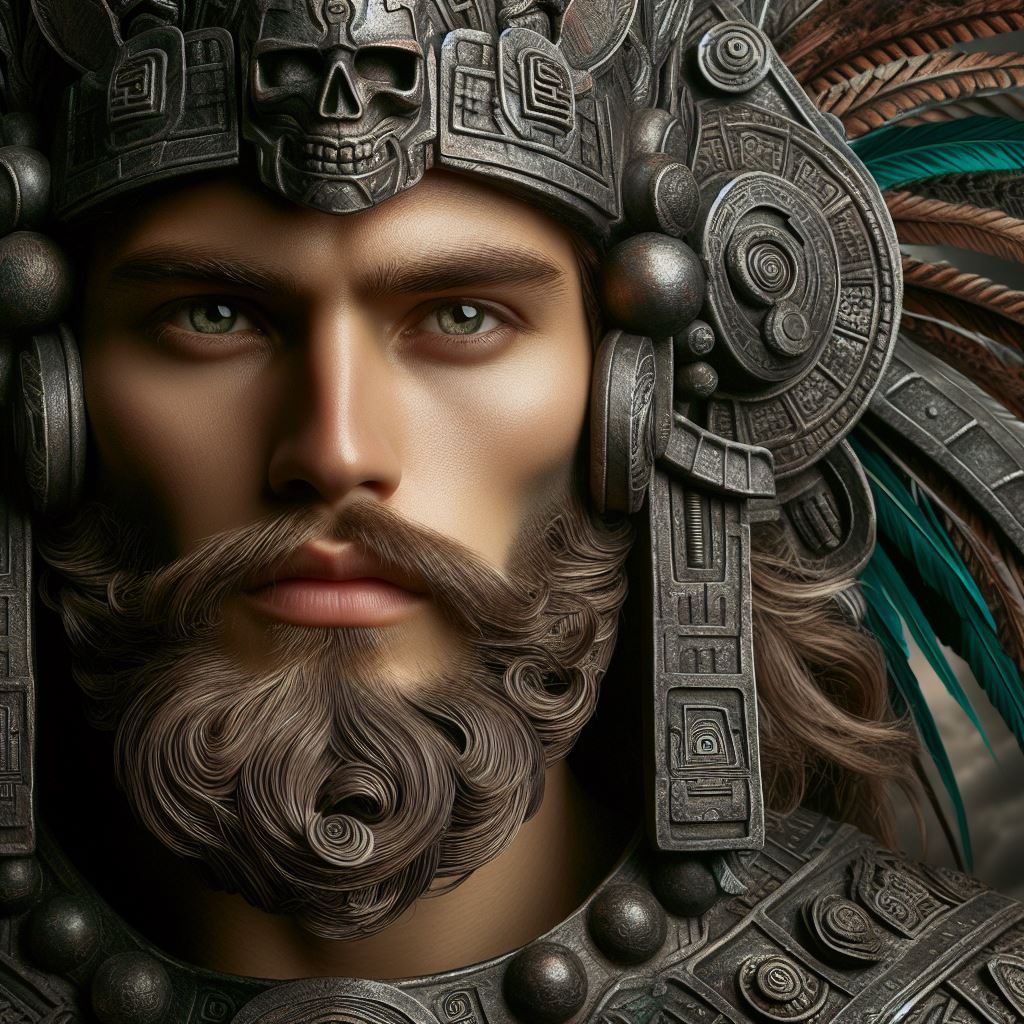



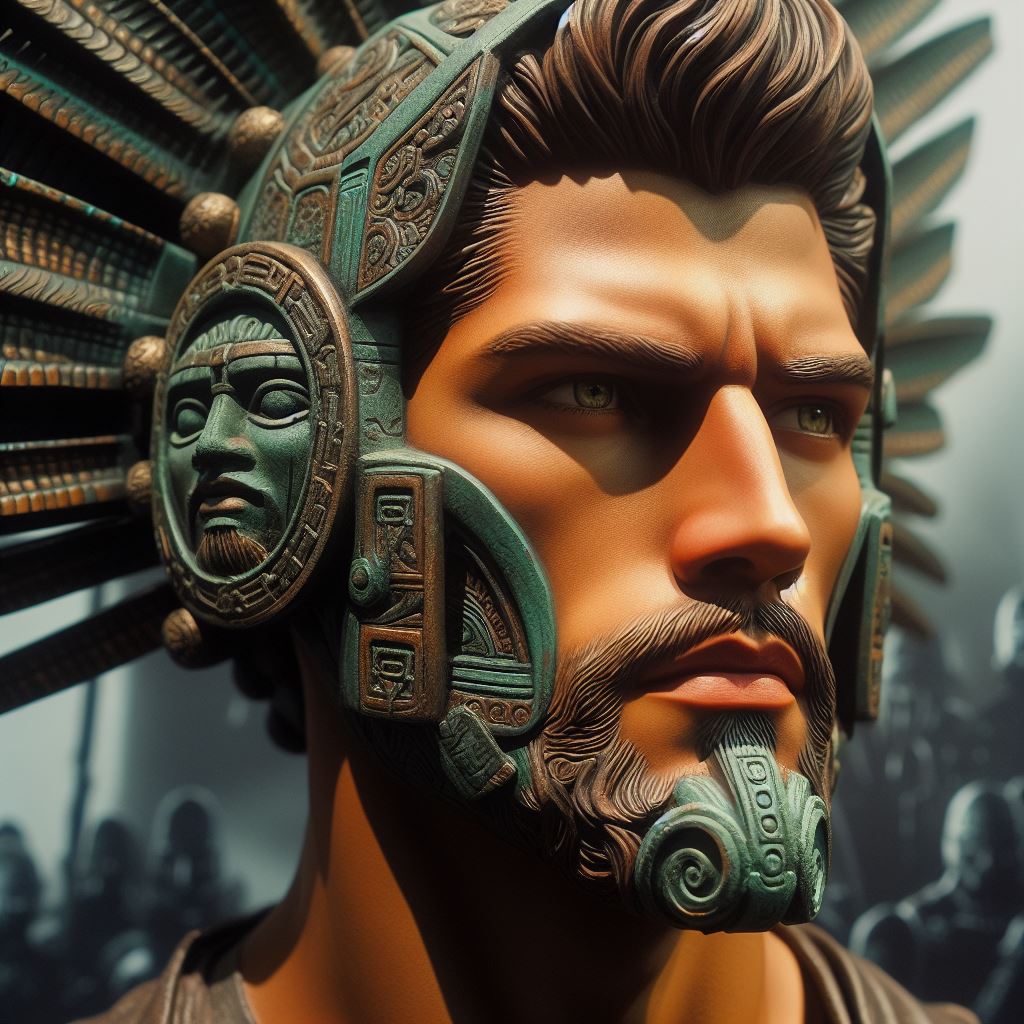
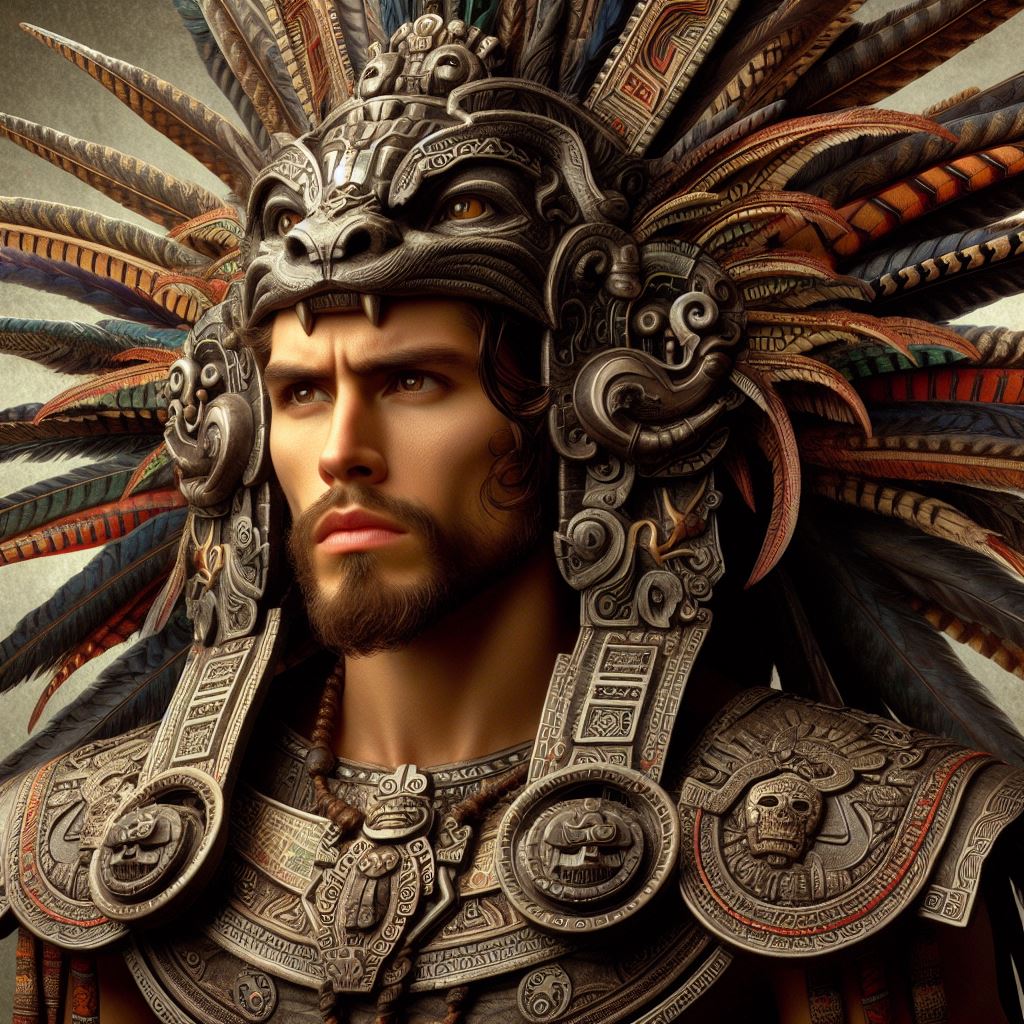
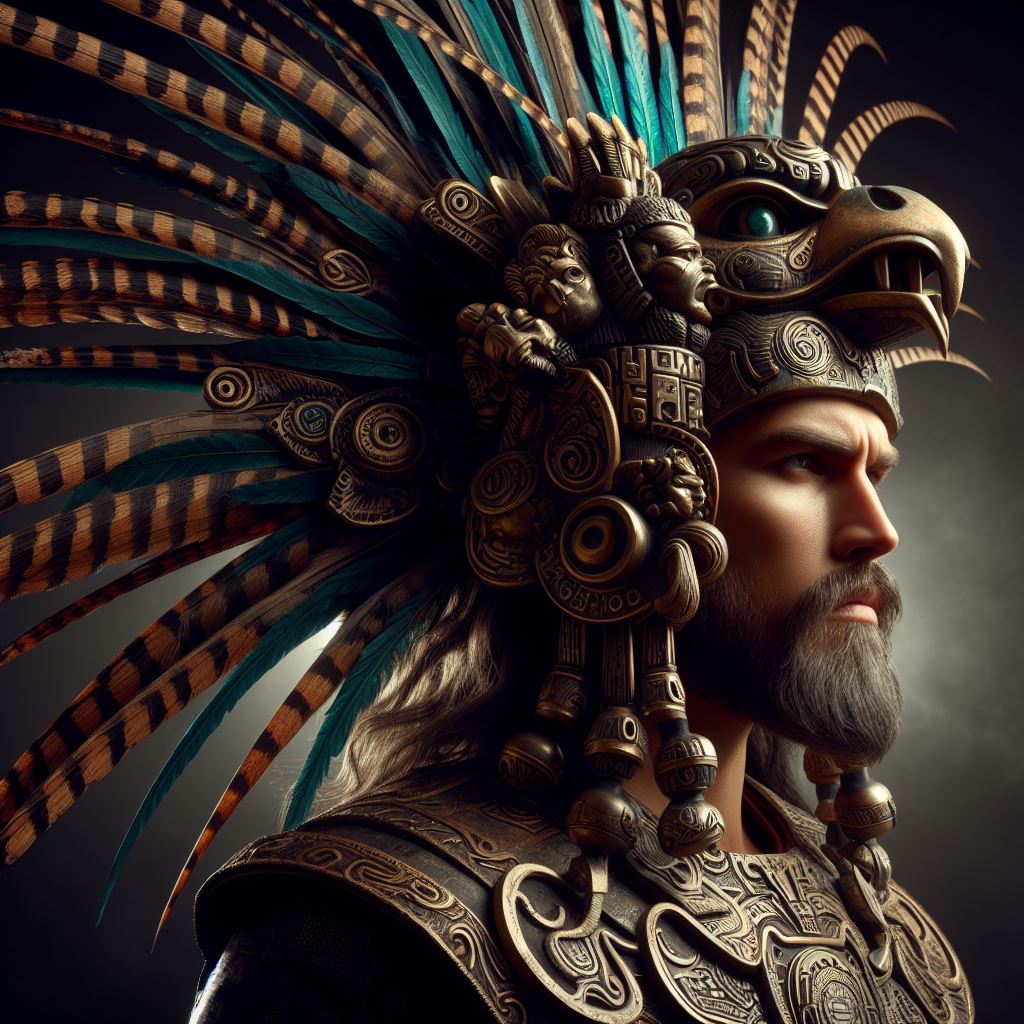
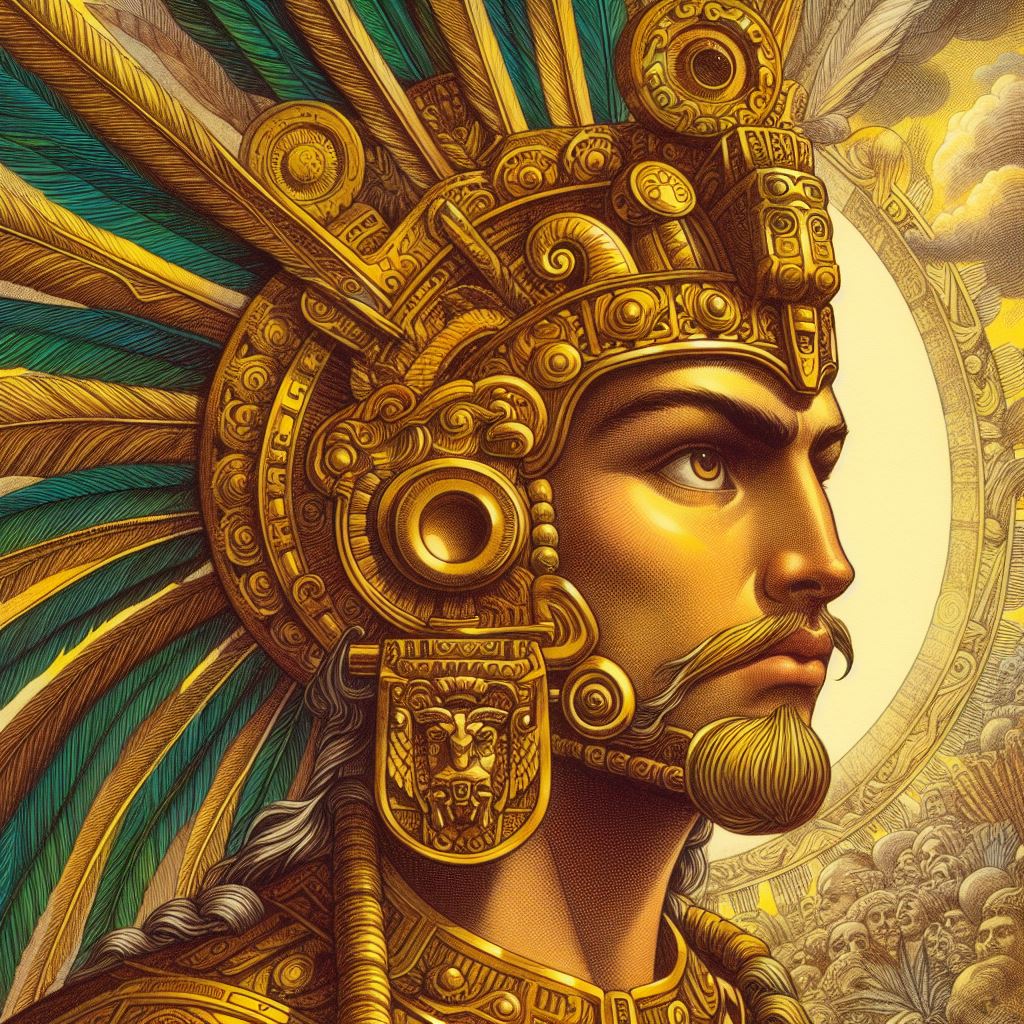
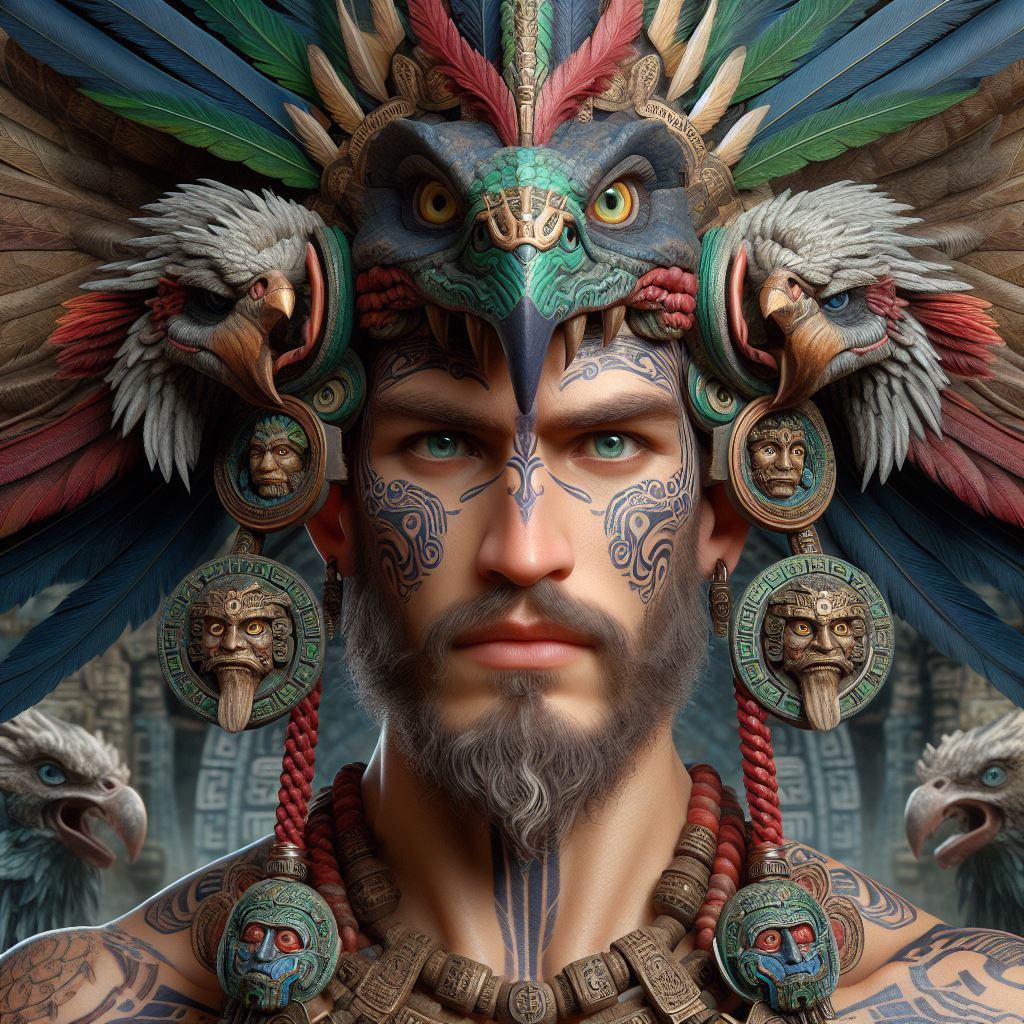
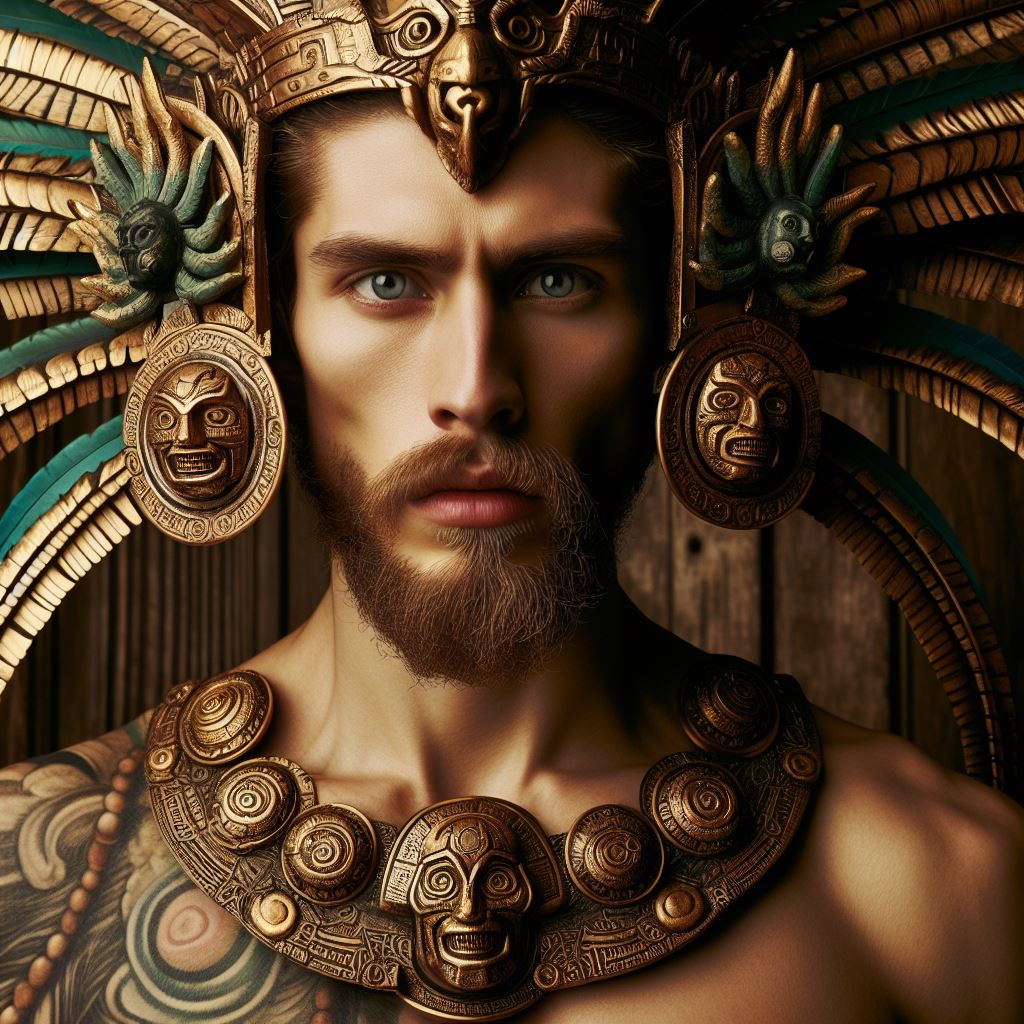
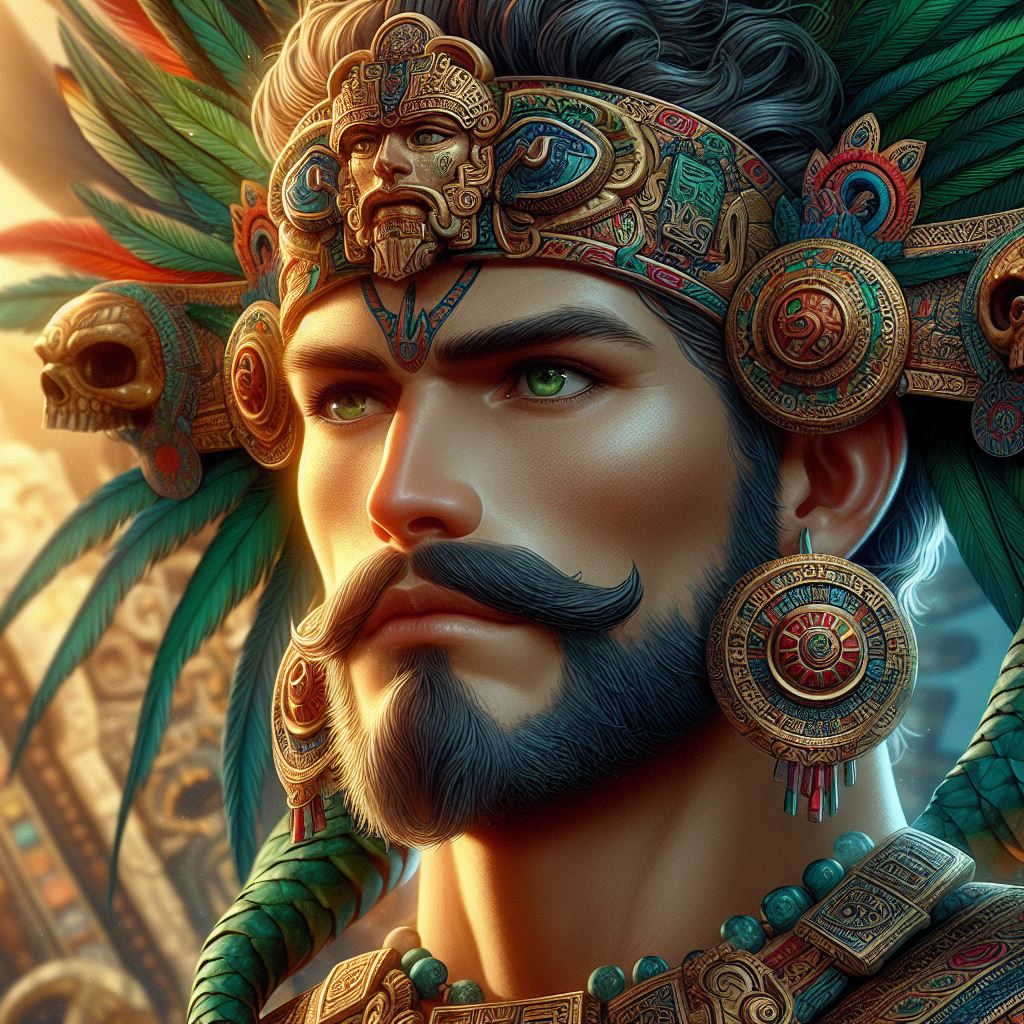
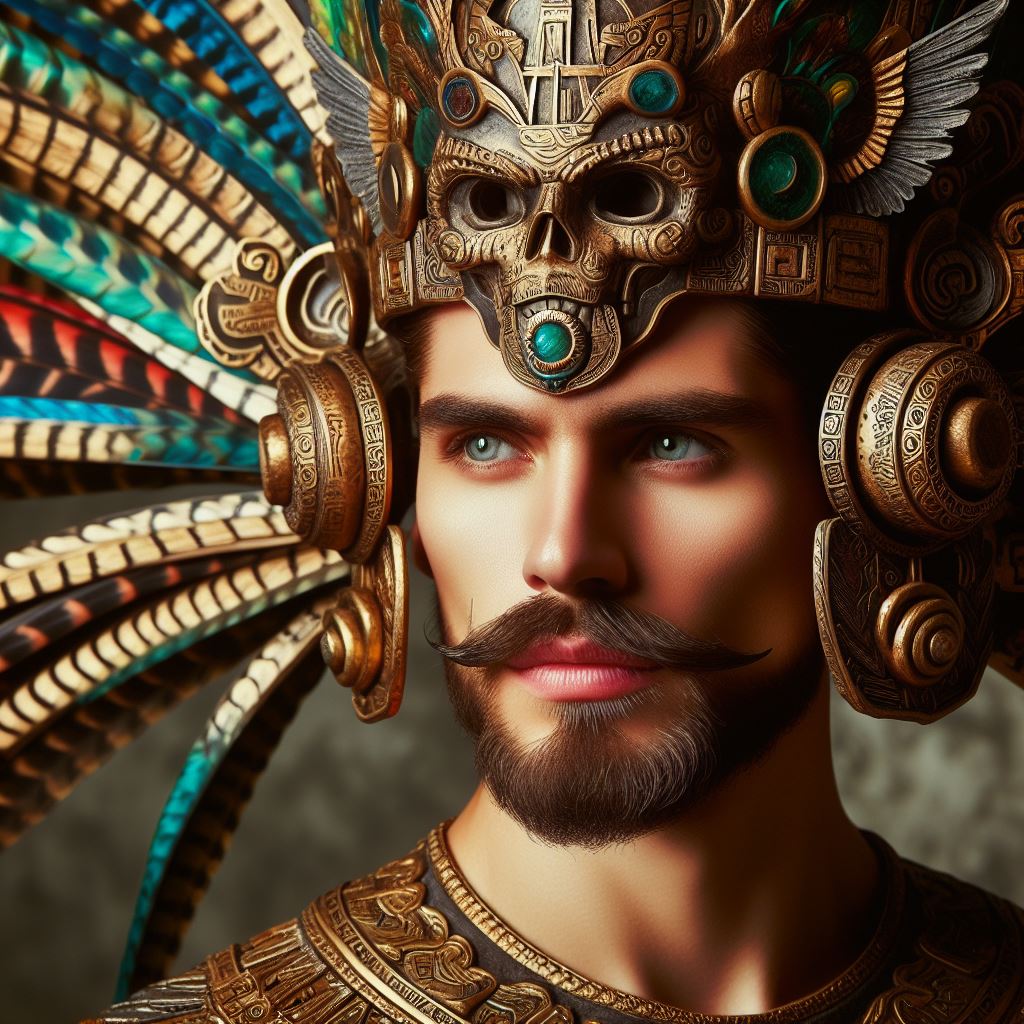
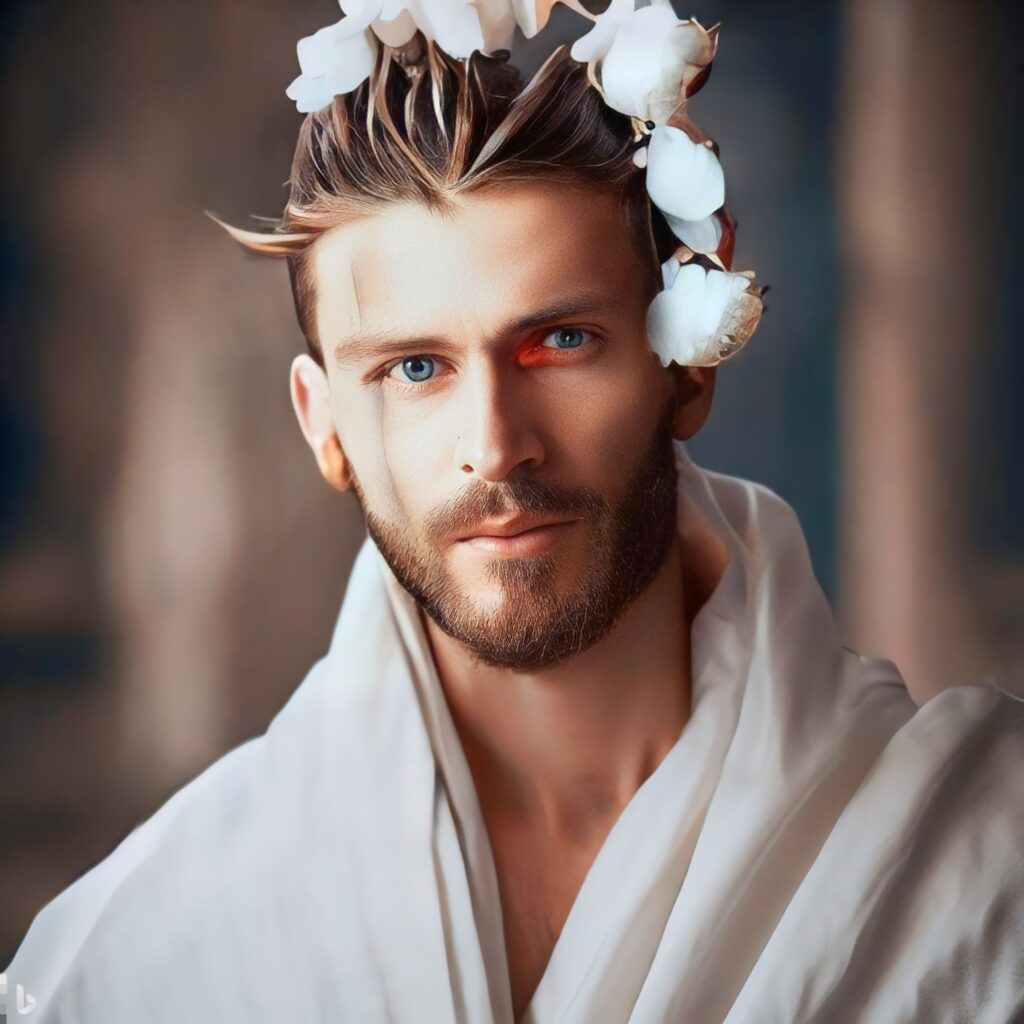
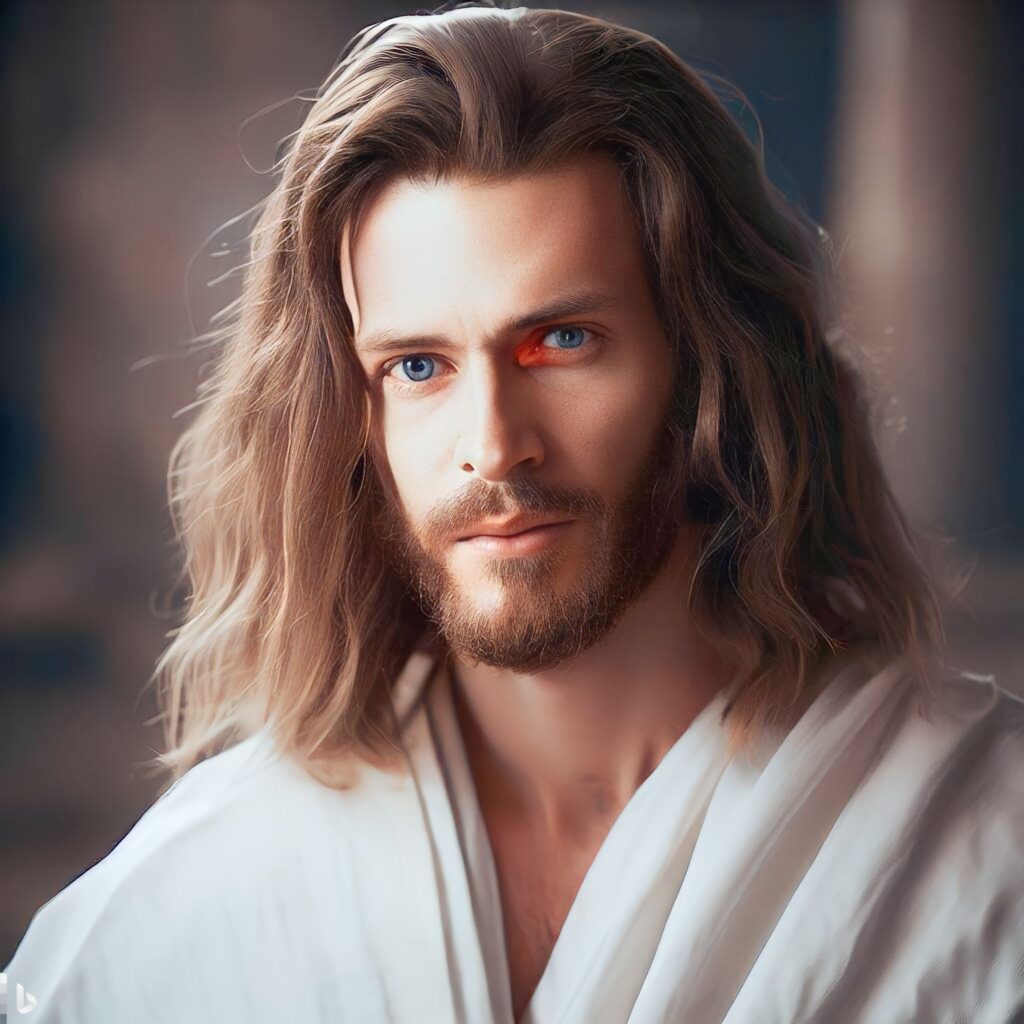
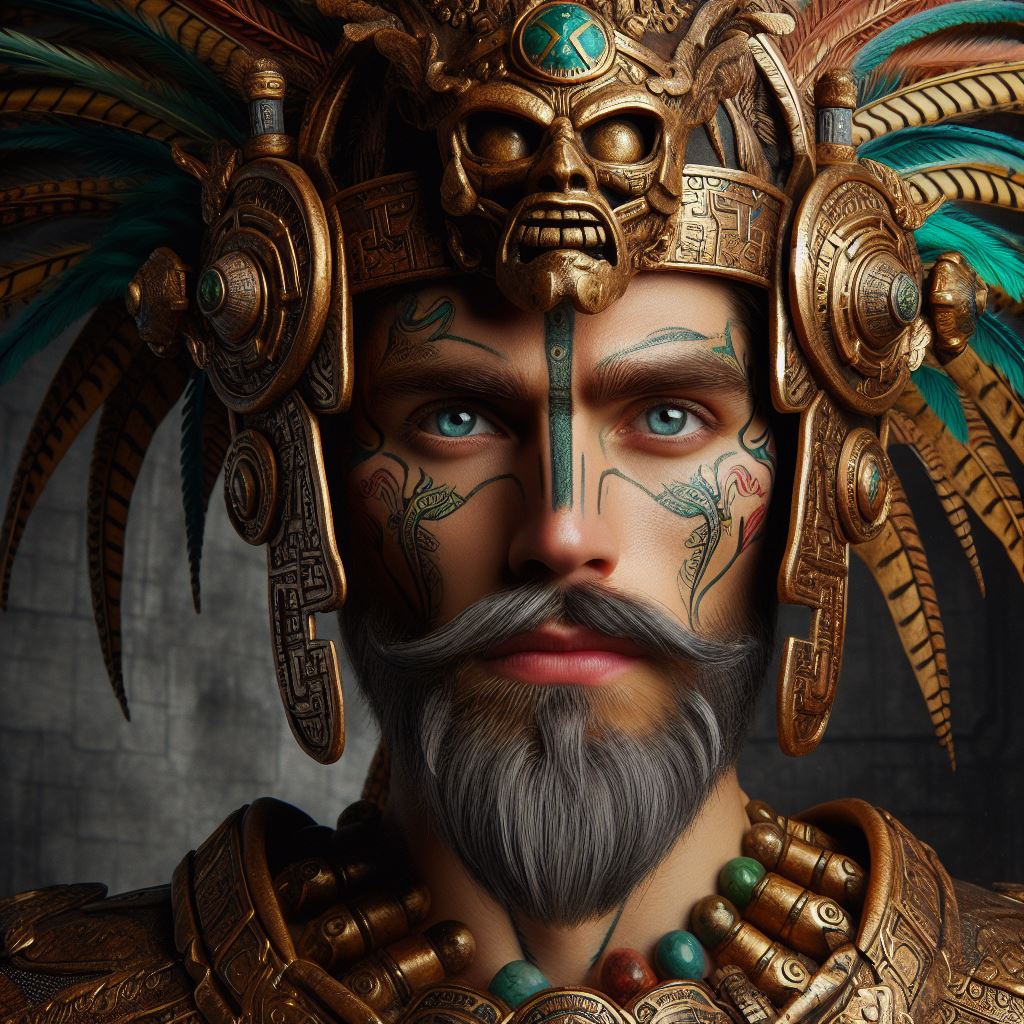
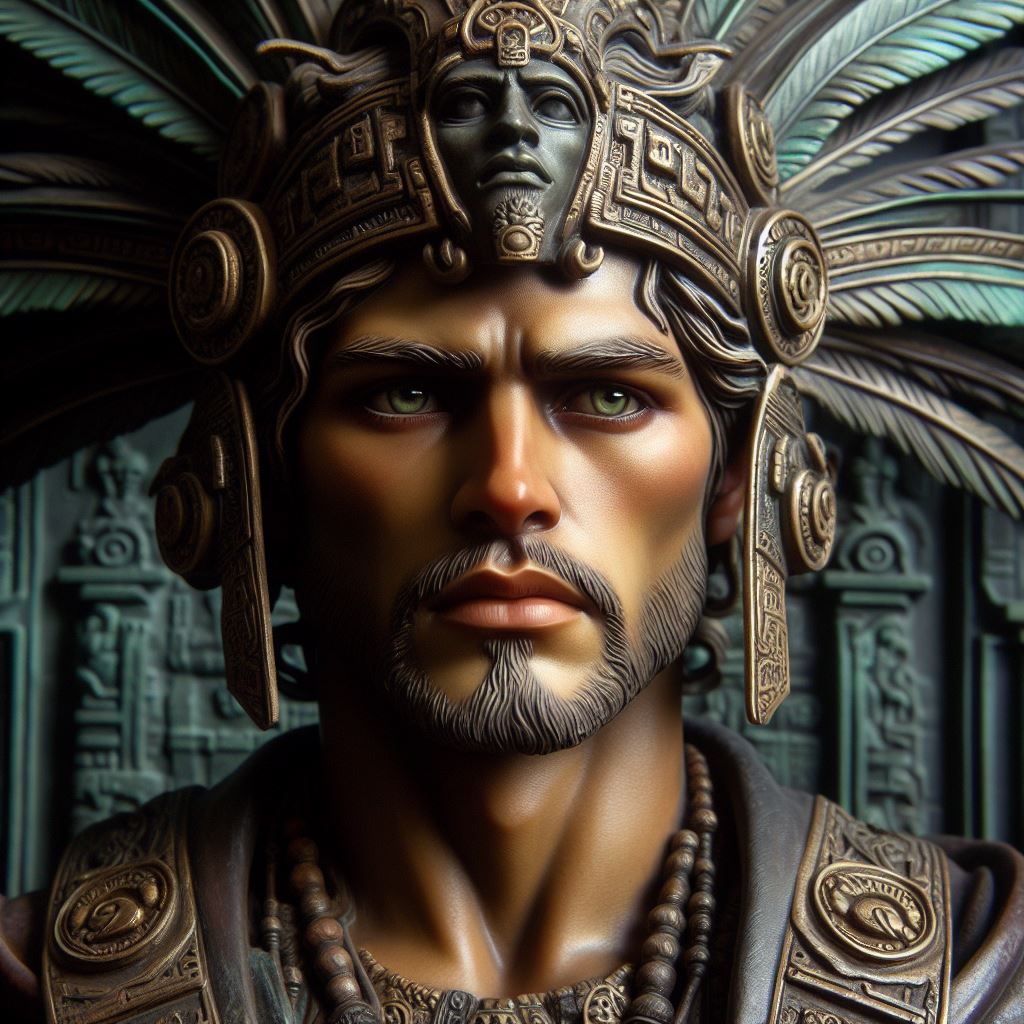
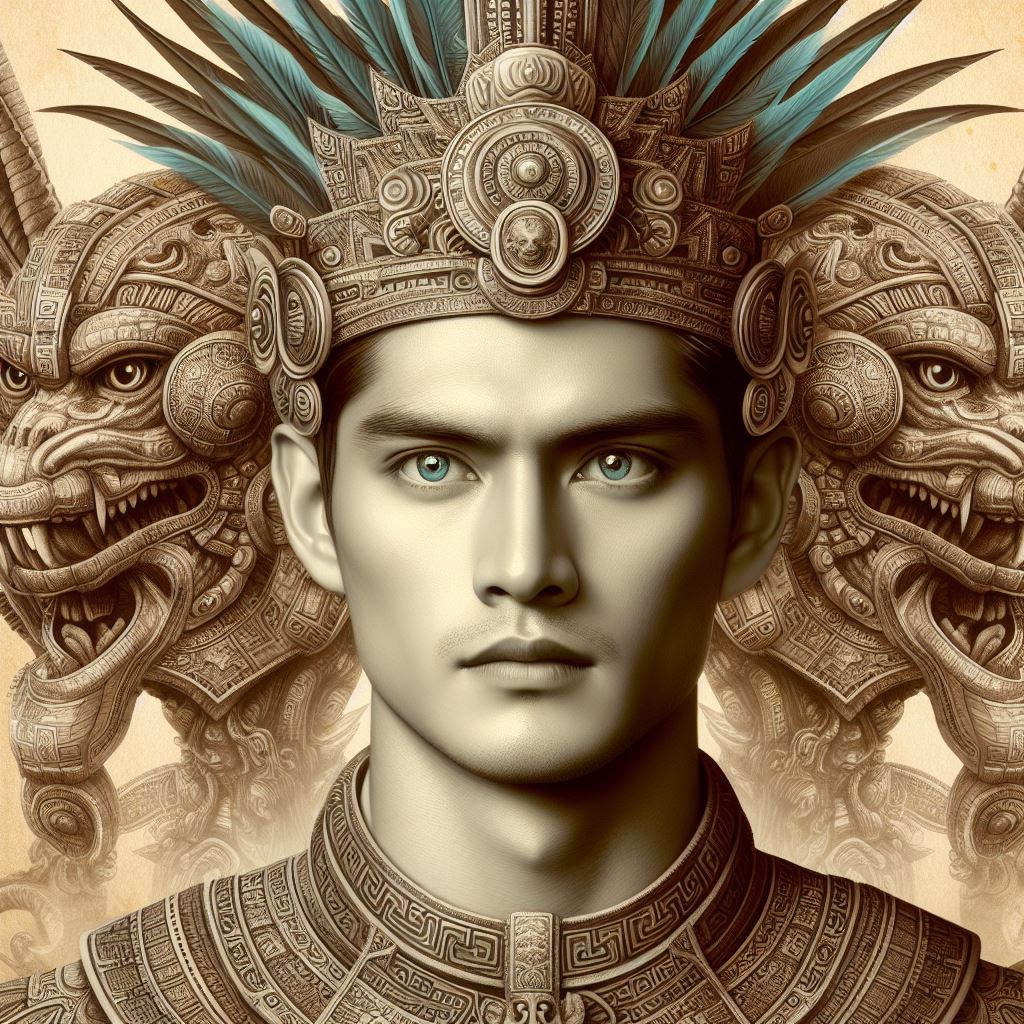
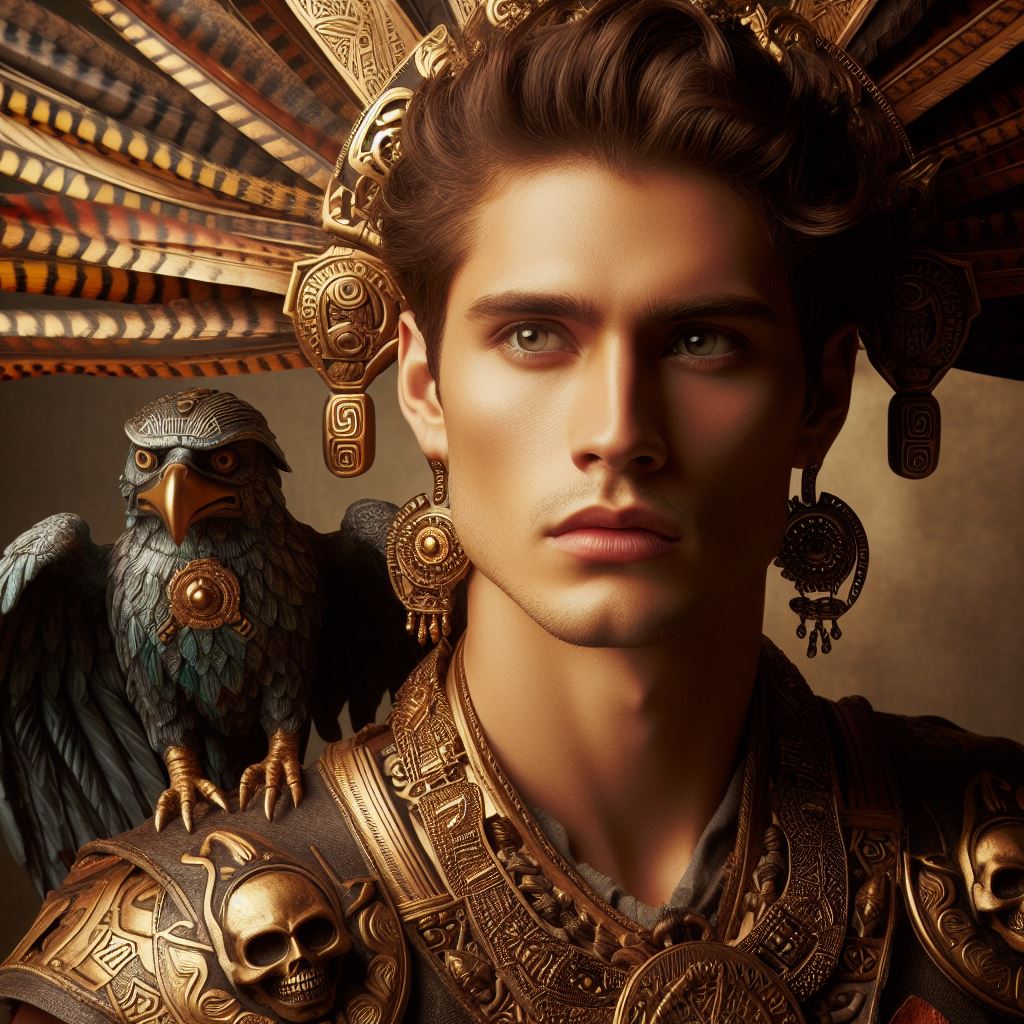
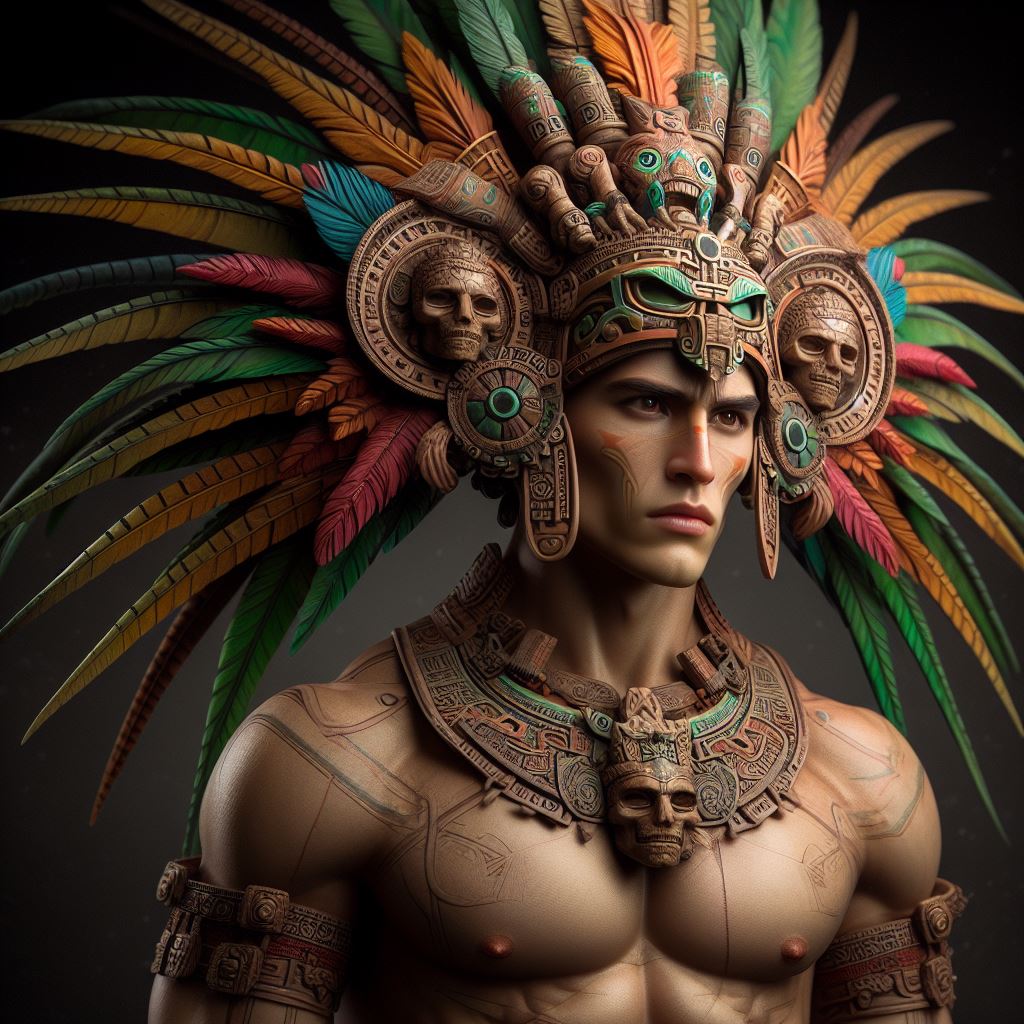
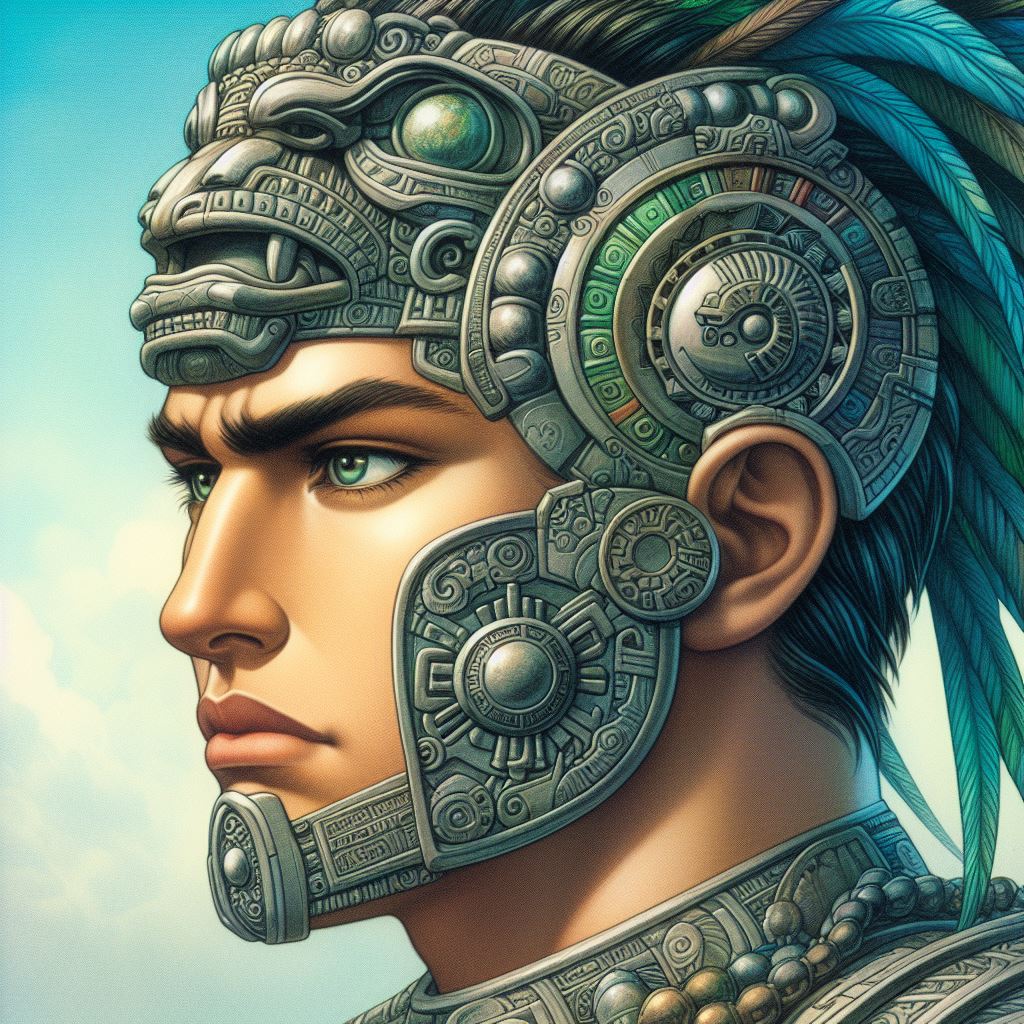
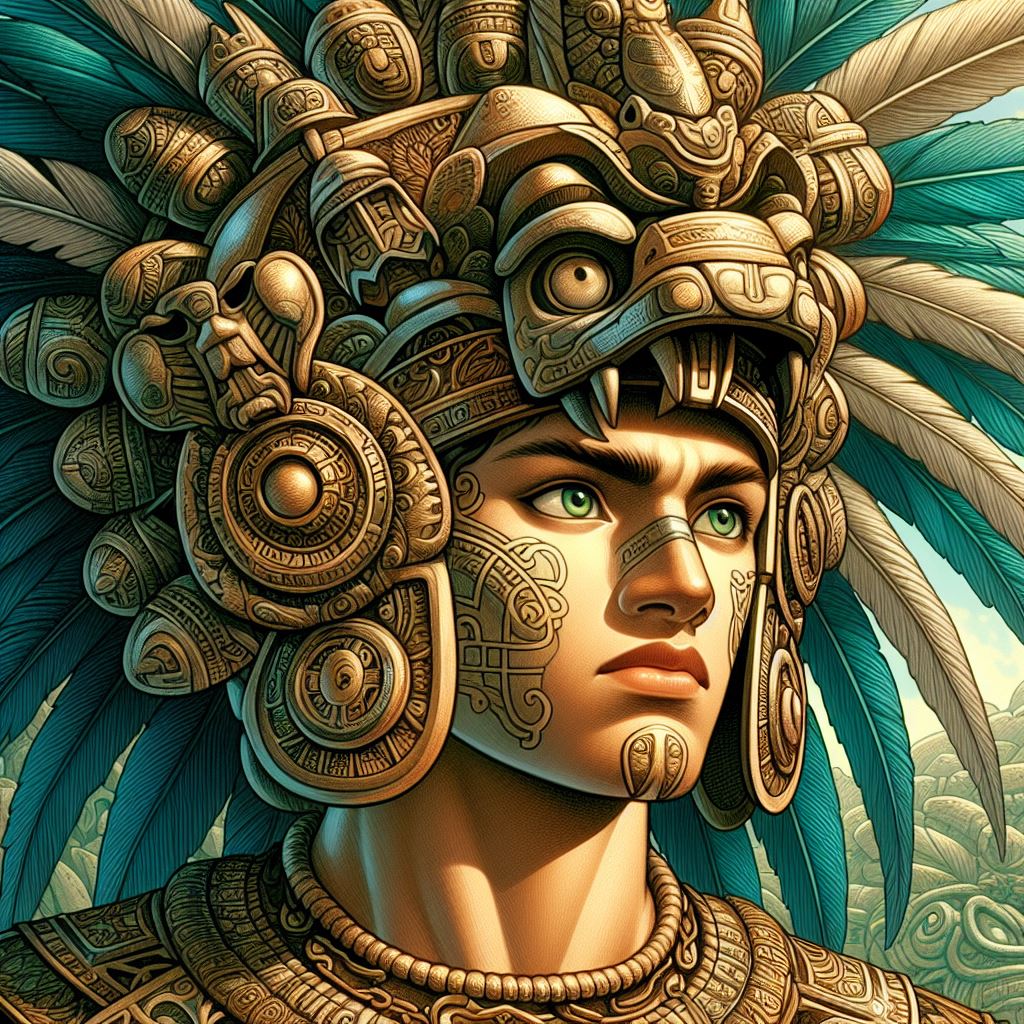
Similarities With Equivalent Androgynous Creator of Civilization Authority in Other Civilization
Androgynous Viracocha, in his journeys through the Andes, went by several different aliases. Androgynous Quetzalcoatl did this too. In some parts of Central America (notably among the Quiche Maya) he was called Gucumatz.
● Elsewhere, at Chichen Itza for example, he was known as Kukulkan. When both these words were translated into English, they turned out to mean exactly the same thing: Plumed (or Feathered) Serpent. This also was the meaning of Quetzalcoatl.
Quetzalcoatl Deity of Peace
INDIAN Vishnu dying and Rising authority is known as Silent in nature- as described in Shantakaram bhujagshayanam Vishnu hymn,
similarly here Androgynous Quetzalcoatl was known as the deity of peace.
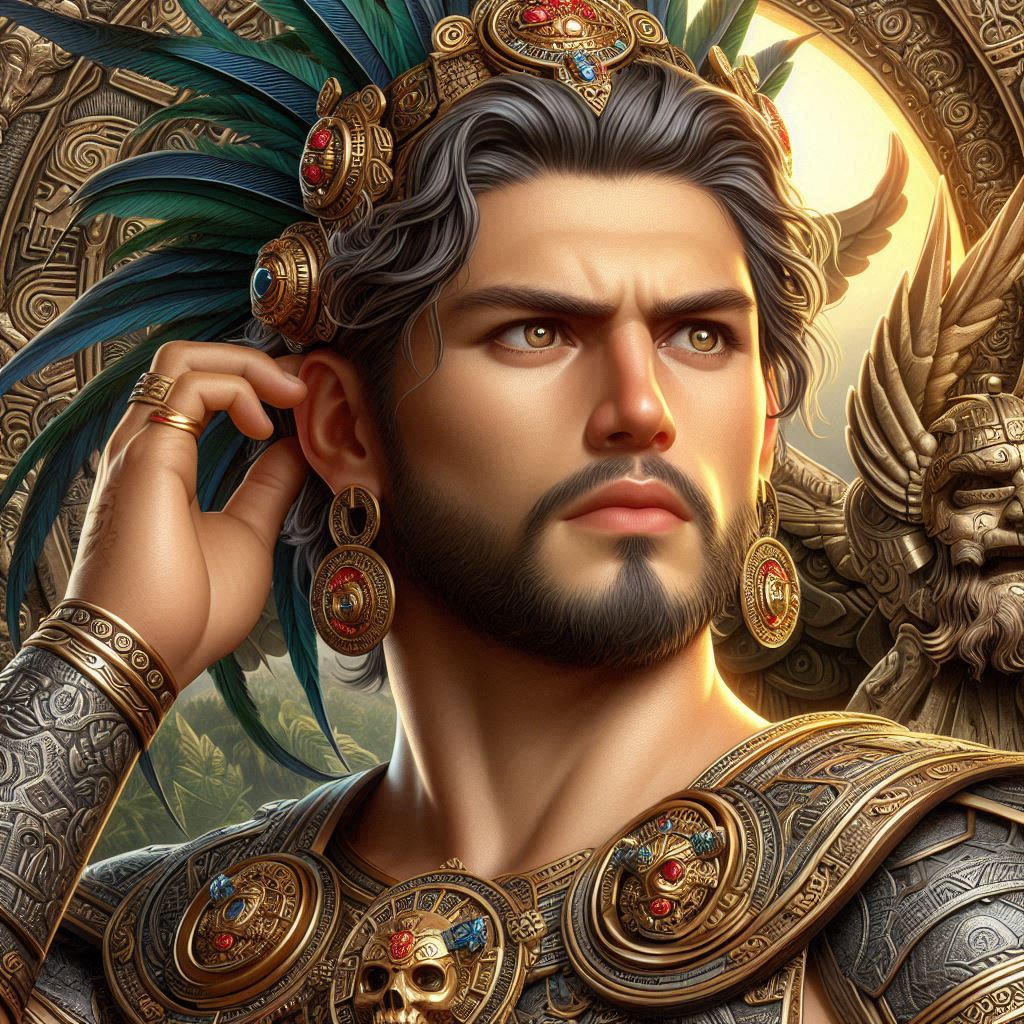
When addressed on the subject of war,
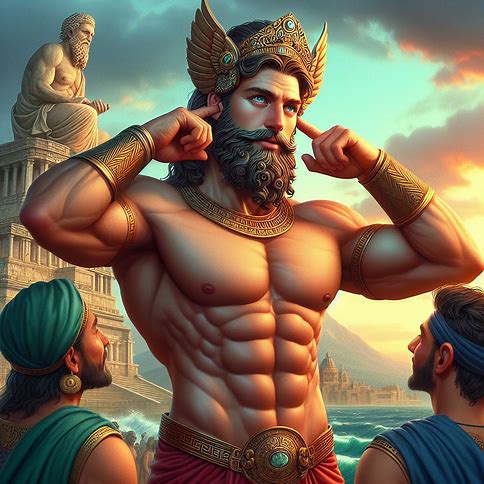
he is reported to have stopped up his ears with his fingers.”
● Describe the Nature of Wisdom bringer- These “white deities” were described by the Incas as wise, peaceful instructors who came from the north in the “morning of time” and taught the Incas’ primitive forefathers architecture as well as manners and customs.
● They were unlike other Native Americans in that they had “white skins and long beard and were taller than the Incas.
Votan
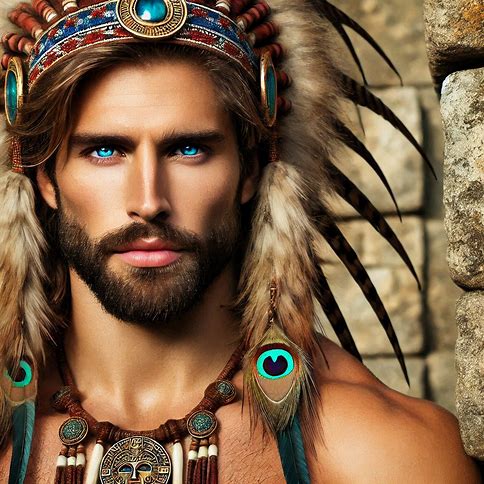
There were other deities, among the Maya in particular, whose identities seemed to merge closely with those of Quetzalcoatl. One was Votan, a great civilizer, who was also described as pale-skinned, bearded, and wearing a long robe. Scholars could offer no translation for his name but his principal symbol, like that of Quetzalcoatl, was a serpent. Another closely related figure was Itzamana, the Mayan deity of healing, who was a robed and bearded individual; his symbol, too, was the rattlesnake.
Androgynous Kukulkan
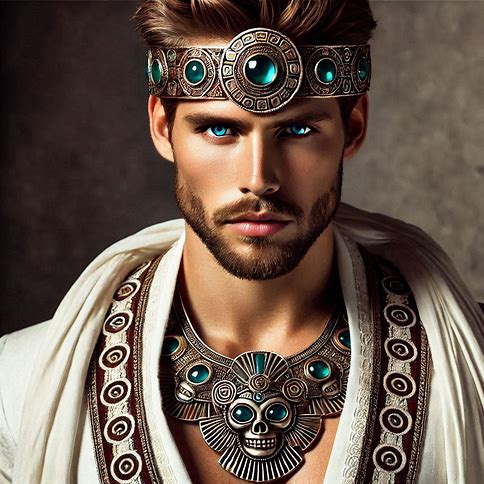
Androgynous Kukulkan, or the Feathered Serpent, was the Mayan counterpart to Androgynous Quetzalcoatl, the Aztec deity of light, learning, and culture. He was revered in the Maya pantheon as the great organizer, the founder of cities, the founder of laws, and the teacher of the calendar.
Kukulkán was worshipped under various names for over 12,000 years (during the Hyborian Age) including as Kukulcan in Ptahuacan in Antilla.
Promise To Return
All of the legends asserted unequivocally that Androgynous Quetzalcoatl / Kukulkan / Gucumatz / Votan / Itzamana had arrived in Central America from afar (across the “Eastern Sea”), and that he had eventually gone away in the same direction he had come from. He had sincerely sworn to return one day — a striking echo of Viracocha that would be almost absurd to attribute to coincidence. Furthermore, it should be remembered that Viracocha’s voyage across the Pacific Ocean was presented as a miraculous event in Andean traditions. Quetzalcoatl’s departure from Mexico also had a strange feeling about it.
Androgynous Creator of civilization Authority Portrayed With Staff
Androgynous Quetzalcoatl / Kukulkan / Itzamna was quite explicitly portrayed in many of the Mexican and Mayan accounts as having been accompanied by “attendants” or “assistants” of Scientists, Engineers, Architectures, and Cooks.
Again the same with Quetzalcoatl and Viracocha is hard to avoid. In a time of darkness and turmoil- possibly related to the flood- a bearded man, or man, visits to Egypt (or Bolivia, or Mexico). He is armed with a wealth of practical and scientific skills, a type associated with a very mature and highly developed civilization, which he unselfishly uses for the benefit of humanity.
Heliopolis Headquarters- Motivated by a strong sense of purpose, after establishing his headquarters in Heliopolis (or Tiahuanaco, or Teotihuacan), he begins with a select group of companions to establish order and restore the lost balance of the world. it means he took different names in all nations.
● the fact remains that the myths always speak of a company of civilizers: Viracocha has his “companions”, as have both Quetzalcoatl and Osiris.
Androgynous Dying and Rising Authority Mentioned as a World Teacher – Indian Vedas
Proof- G. Hancock has found numerous similarities between the Androgynous Quetzalcoatl, the Egyptian Androgynous Osiris, and the South American deity Androgynous Viracocha. Playing the role of a teacher and missionary, he hardly planned to stay in one land for a long time. Hence, he obviously saw no sense in any confrontation with the external forces around him.
● As mentioned in this below Vedic episode here bhrigu rishi mentions Androgynous/Trigunatit vishnu Dying and Rising Authority as a world teacher as his Authority in the cosmic cycle.
Conflict between Quetzalcoatl And Tezcatlipoca Over Human Sacrifice Practices
The plummed serpent Quetzalcoatl was revered as a Deity of creation and rejuvenation by many of the Meso American Civilization and cultures of Central and South America in the past and even today.
His spiritual presence can be traced back to many cultures. Like Olmecs, Mixtecs, Mayan, Toltecs, and Aztecs.
The story of how the plumed serpent left the land of the Aztecs after being humiliated by the dark lord relates how the spiritual energy attributed to Quetzalcoatl is different in the overlord Tezcatlipoca.
● As per the Historical record, Representing the forces of darkness and predatory evil, Tezcatlipoca was said in legend to have been locked in a conflict with Quetzalcoatl that lasted for an immense period of years. Tezcatlipoca want to Continue Human sacrifice Offering to Sun God.
However, another key thing that Quetzalcoatl uniquely symbolized was the opposition to human sacrifice. In all the cultures in which he was worshipped, Quetzalcoatl was said to be against this practice. This is probably because he was considered the original ancestor of humans and therefore did not want his descendants to be sacrificed.described him as “a mysterious person … a white man with a strong formation of body, broad forehead, large eyes, and a flowing beard. He was dressed in a long, white robe reaching to his feet. He condemned sacrifices, except fruits and flowers.
At certain moments one seemed to gain the upper hand, at certain moments the other. Finally, the cosmic struggle ended when good was defeated by evil, and Quetzalcoatl was banished from Tollán. Then, under the influence of Tezcatlipoc’s Nightmare Cult, human sacrifice was reintroduced throughout Mesoamerica. Quetzalcoatl promised his followers he would return one day to overthrow the cult of Tezcatlipoca and to inaugurate a new era.
Childhood of Quetzalcoatl
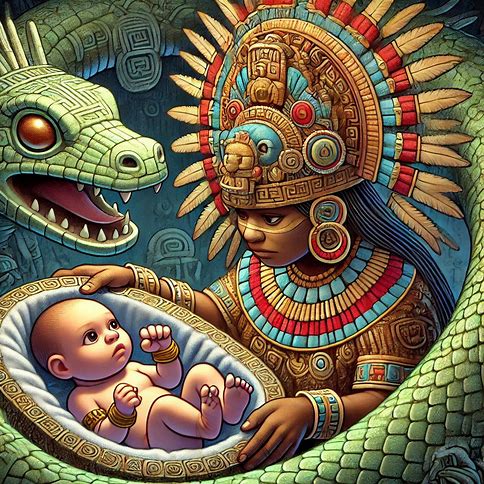
The historic Quetzalcoatl was possibly born around AD 947. His father, Mixcoatl, was a ruler of the Toltecs. He changed into at the beginning named Ce Acatl Topitzin, meaning “Our Prince Born on Ce Acatl,” the latter being a crucial Toltec holiday.
His delivery became at once preceded by means of a horrendous circle of a relatives tragedy, the father having been deposed and murdered by using a jealous brother named Ihuitmal. The unborn infant’s pregnant mother, Chimalma, fled to Tepoztlan.
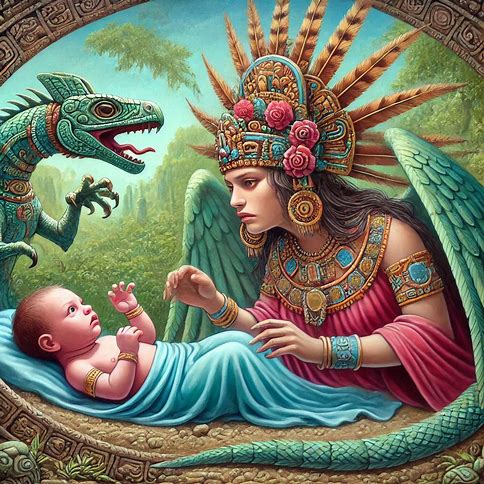
before demise in childbirth, Chimalma declared that her little one son was divinely conceived due to the fact she had swallowed a piece of blue-green jade.
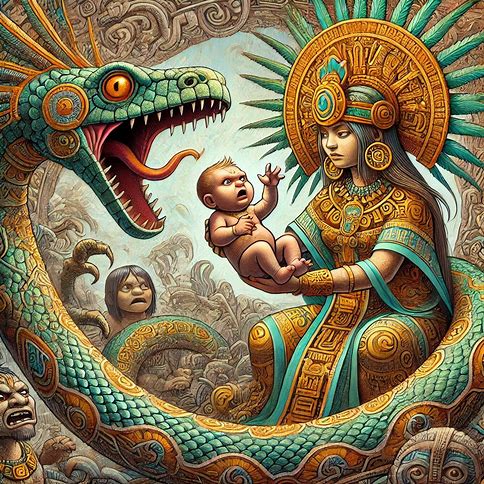
According to legend, Quetzalcoatl was abandoned by his mother at birth, for she was ashamed she had given birth before being remarried.
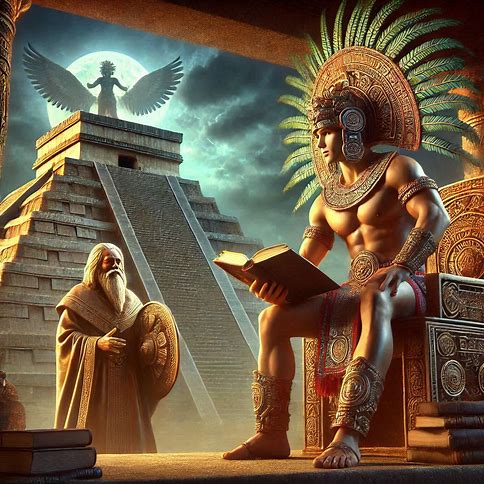
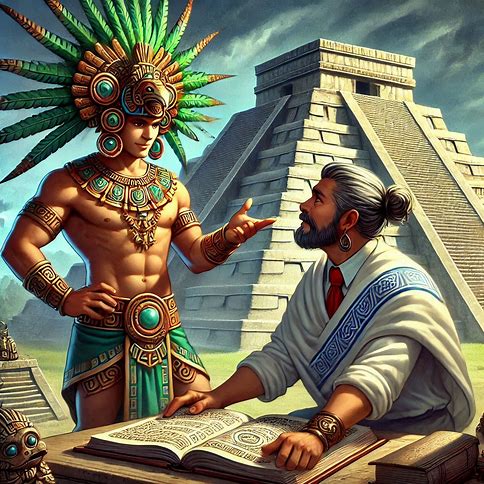
Reared by his grandparents, Ce Acatl Topitzin became sent to the non-secular college at Xochicalco.
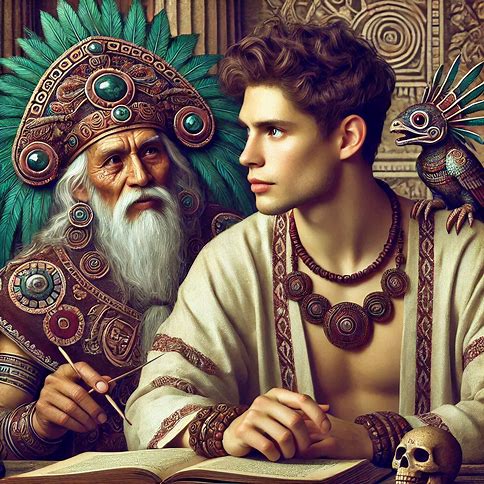
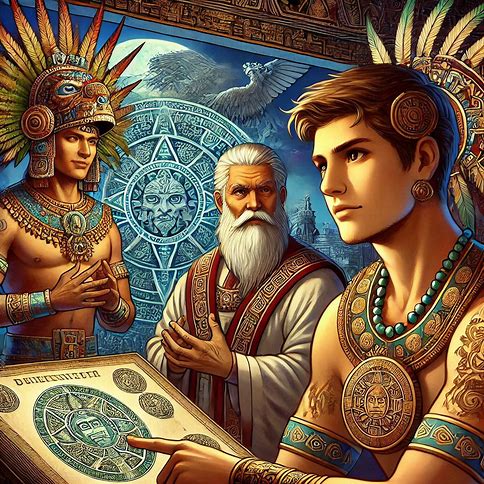
There he so impressed teachers together with his knowledge and piety that they conferred on him the name of Quetzalcoatl.
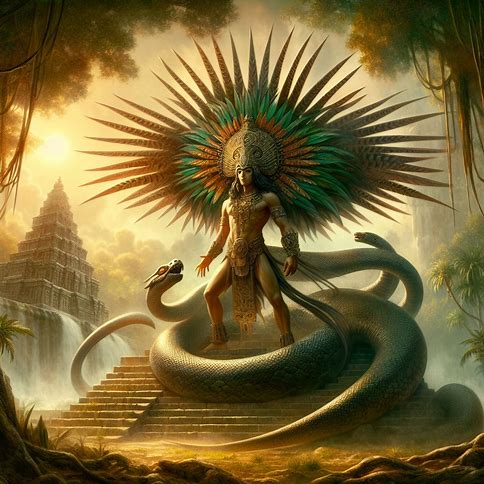
meaning “plumed serpent,”
Returning to Tula,Quetzalcoatl defied his usurping uncle through burying the remains of his father with the rite to which he was entitled.
He then took over as the new leader of the Toltecs and build civilization.

In this story, Mictlantecuhtli prepares a deathtrap for Quetzalcoatl. Quetzalcoatl falls to his death, but then he revives himself to escape Mictlan, meanwhile revitalizing.
The Aztecs believed that Quetzalcoatl gave them the cacao seeds
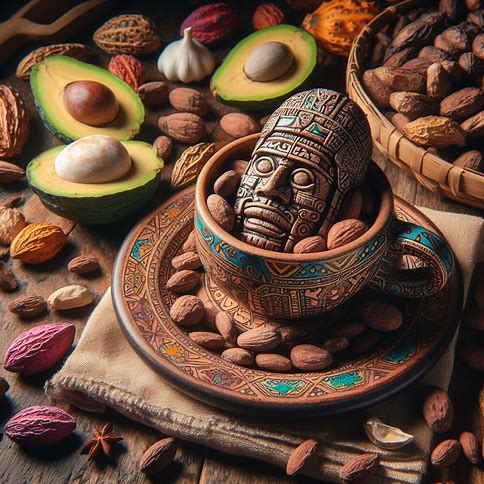
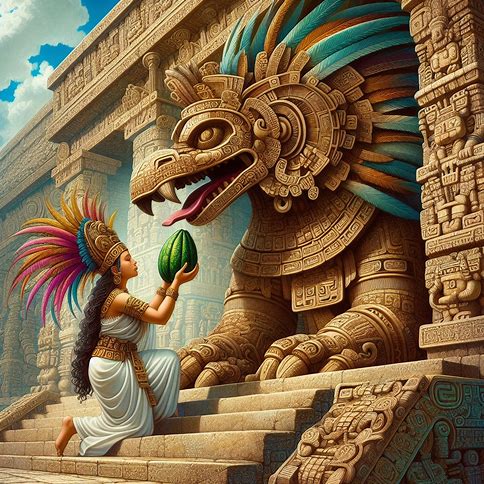
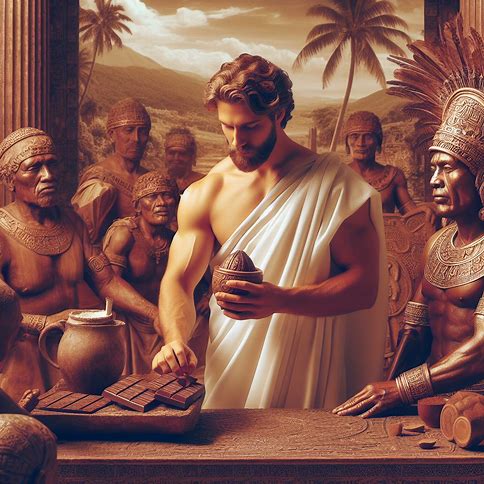
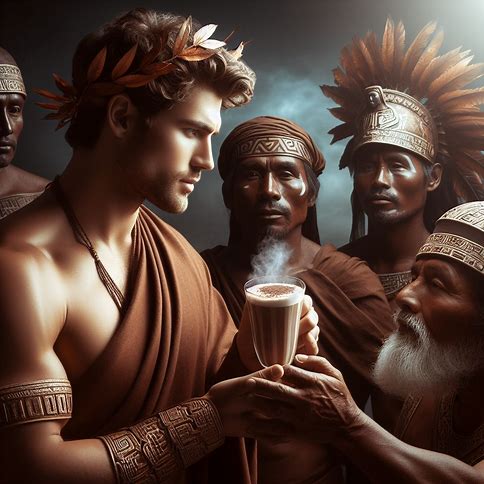
References
http://1. https://www.mexconnect.com/articles/269-the-quetzalcoatl-trinity/
https://www.worldhistory.org/Kukulcan/
https://www.deviantart.com/bysthedragon/art/Quetzalcoatl-559941712
